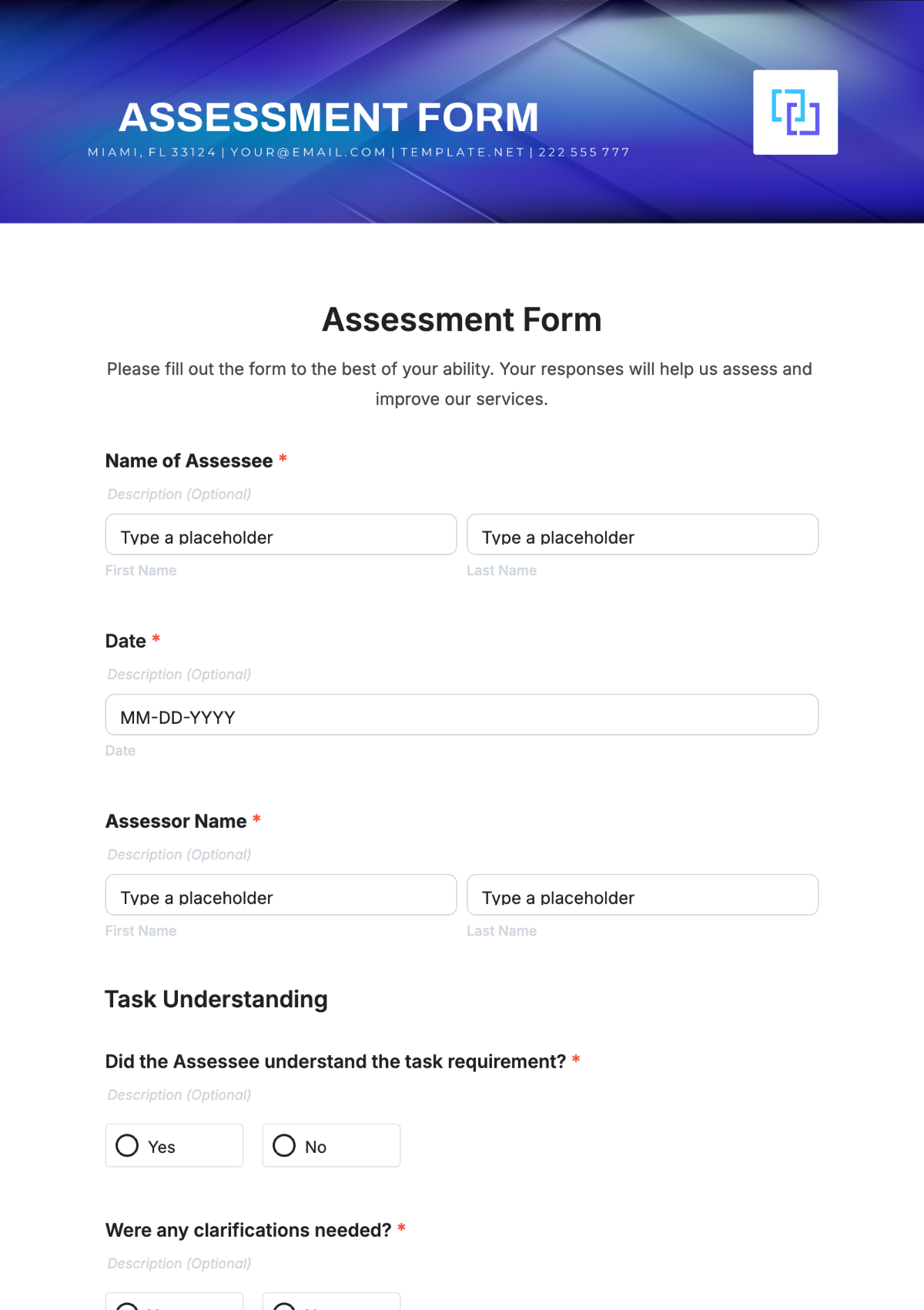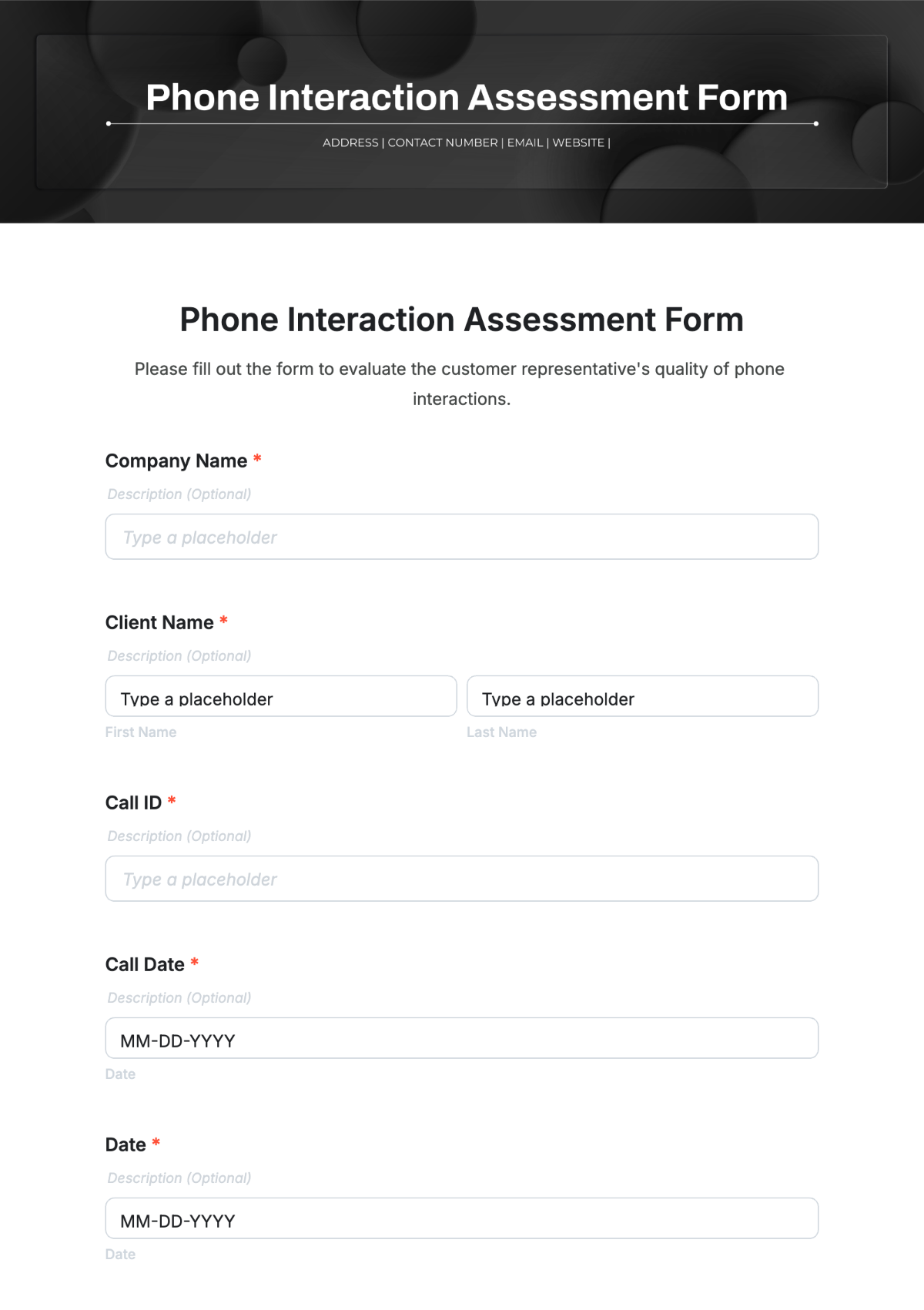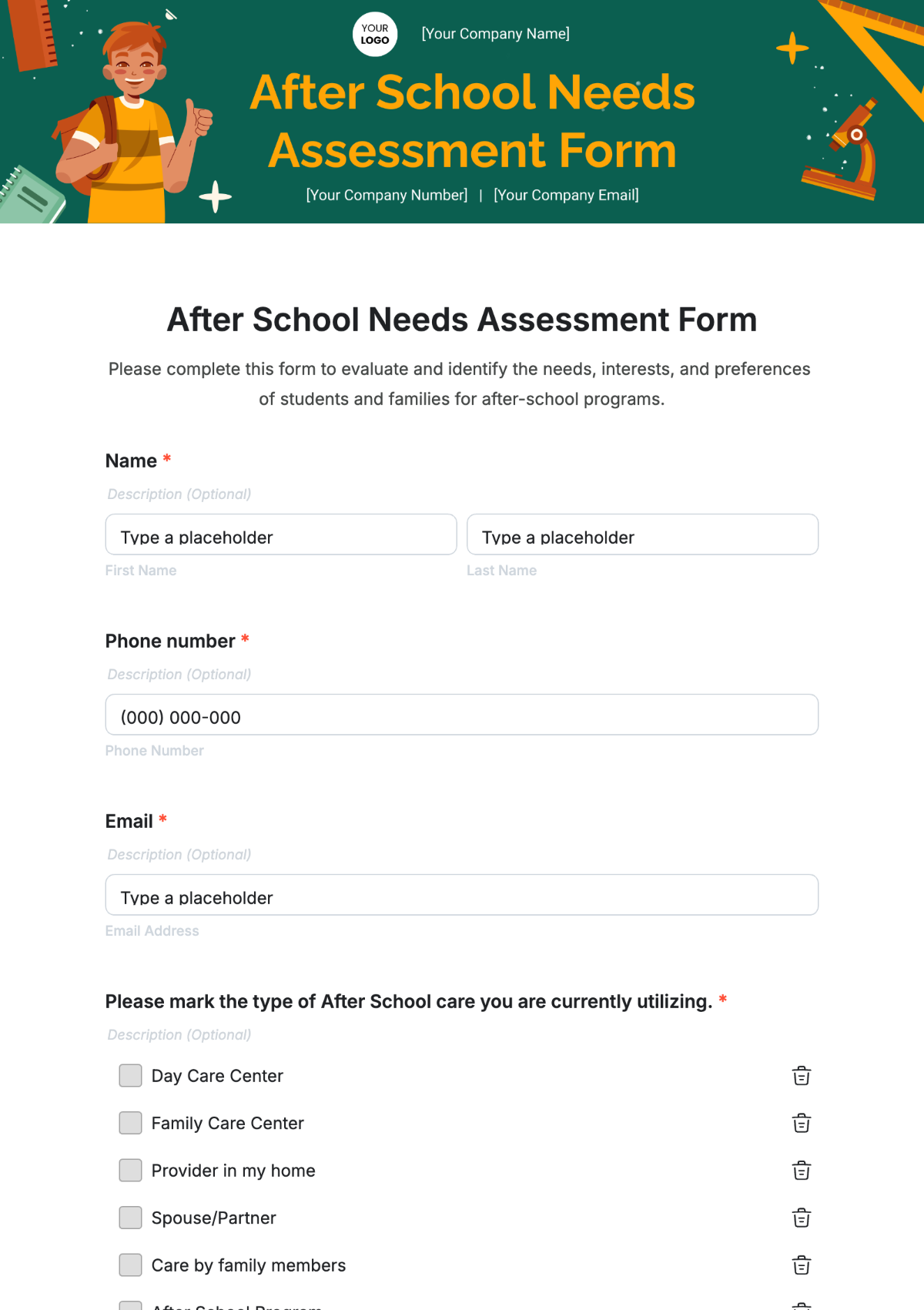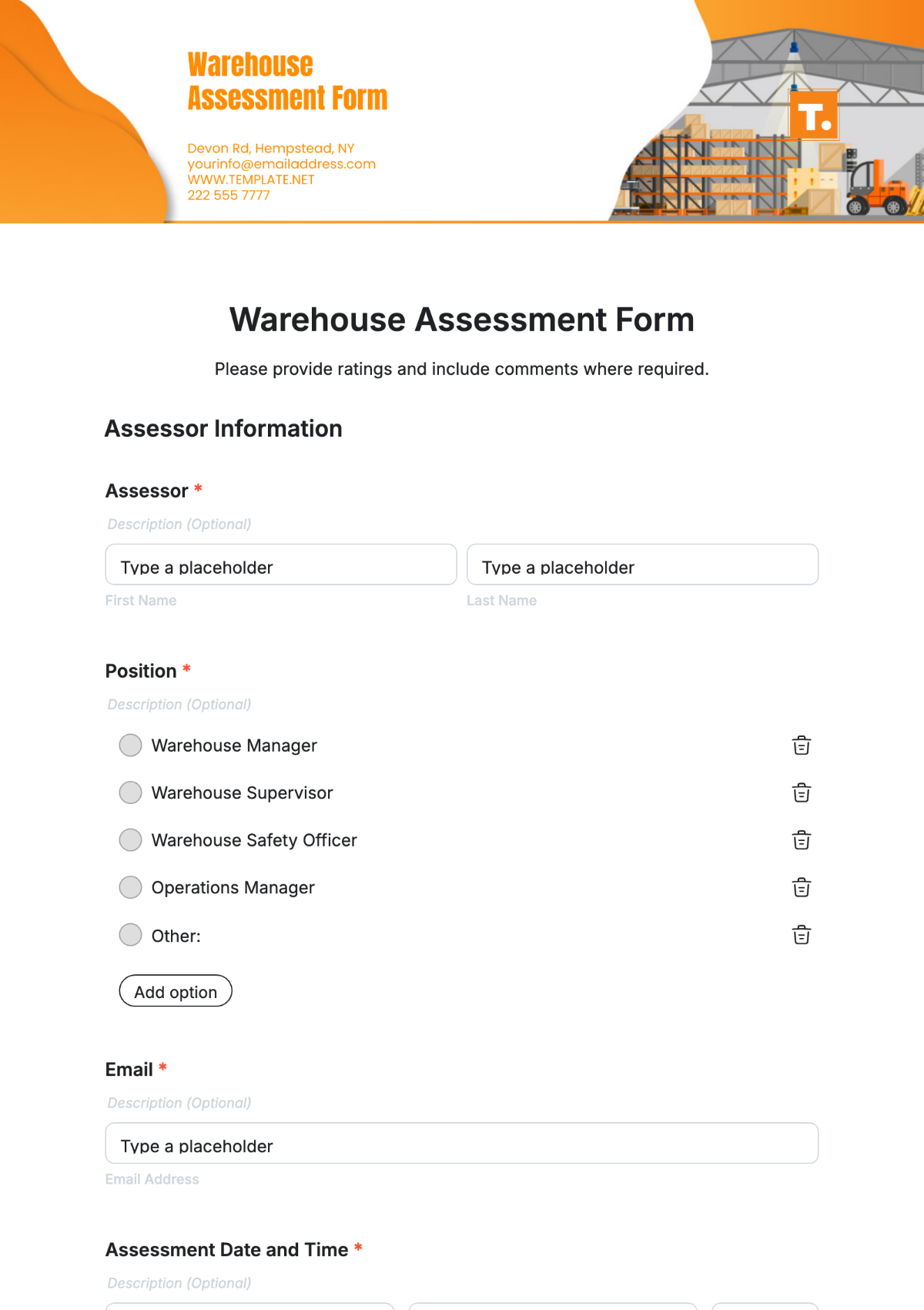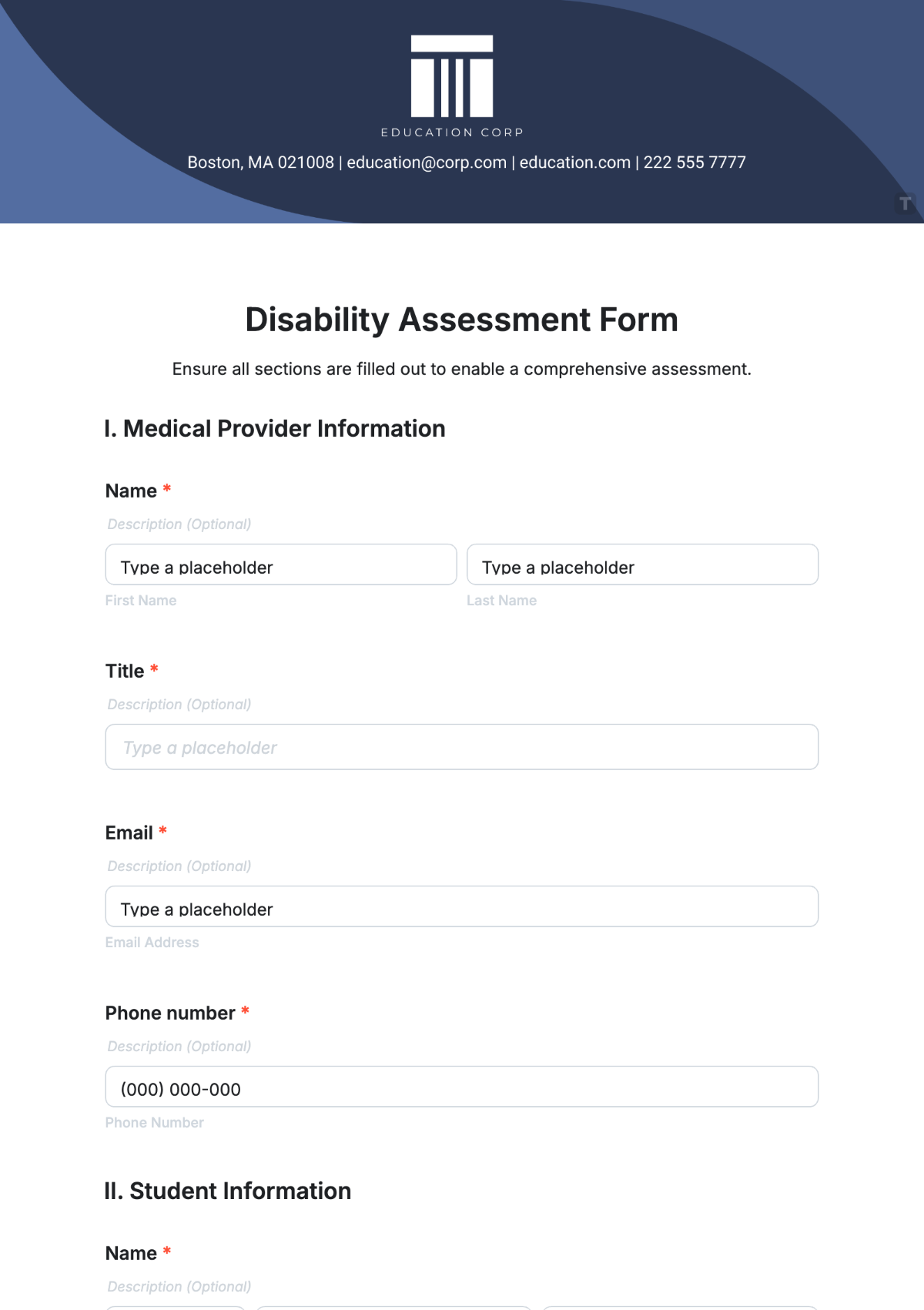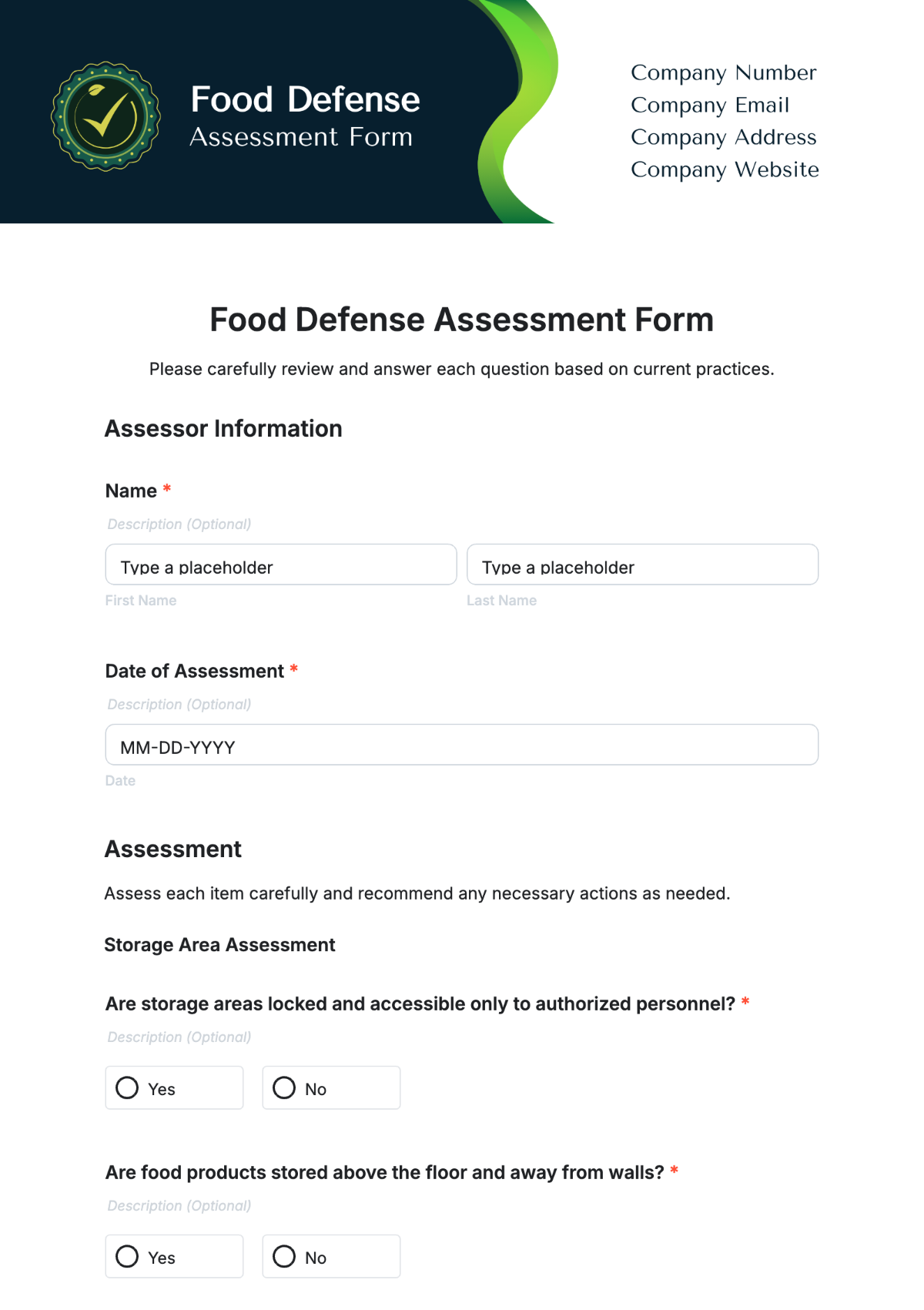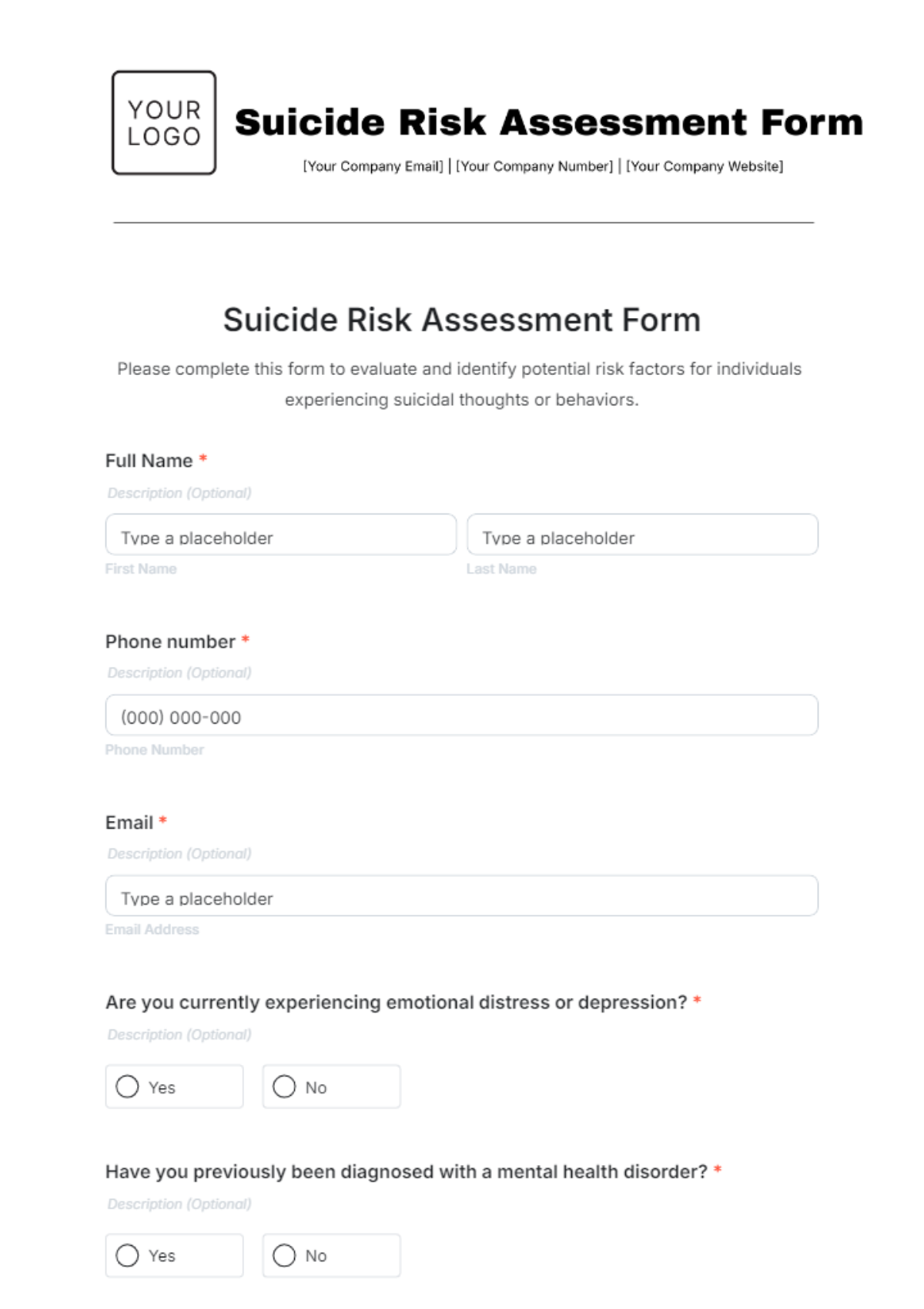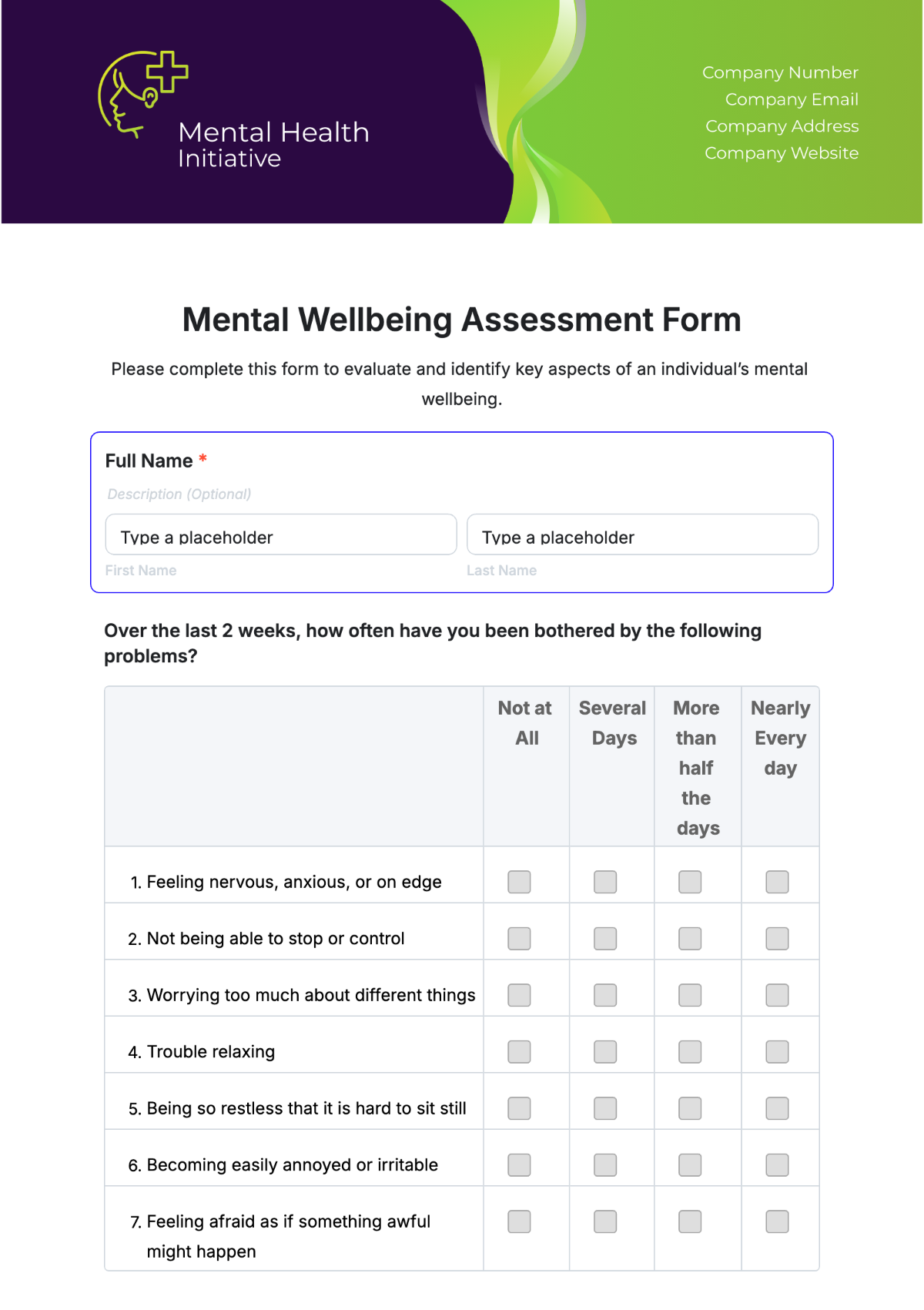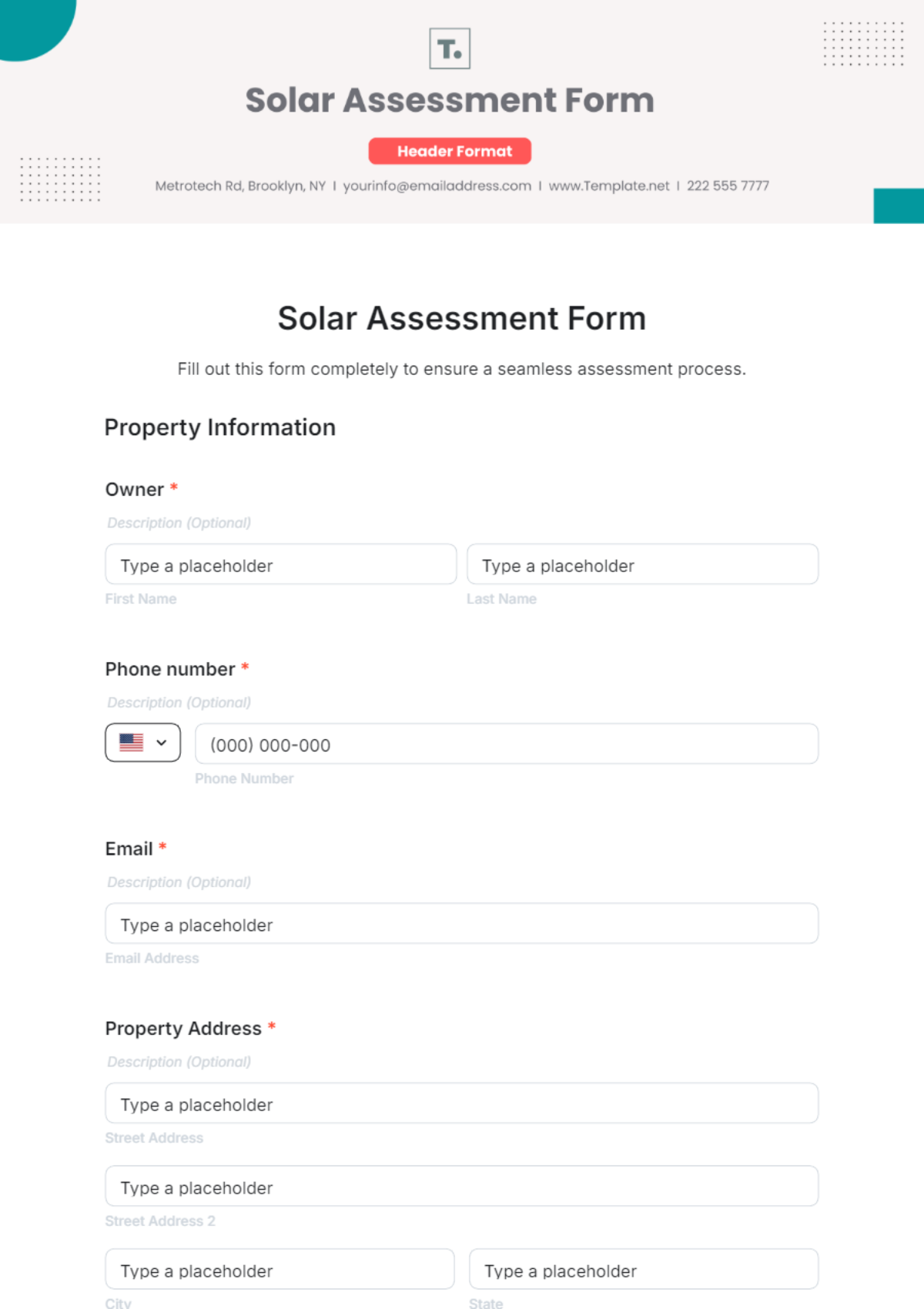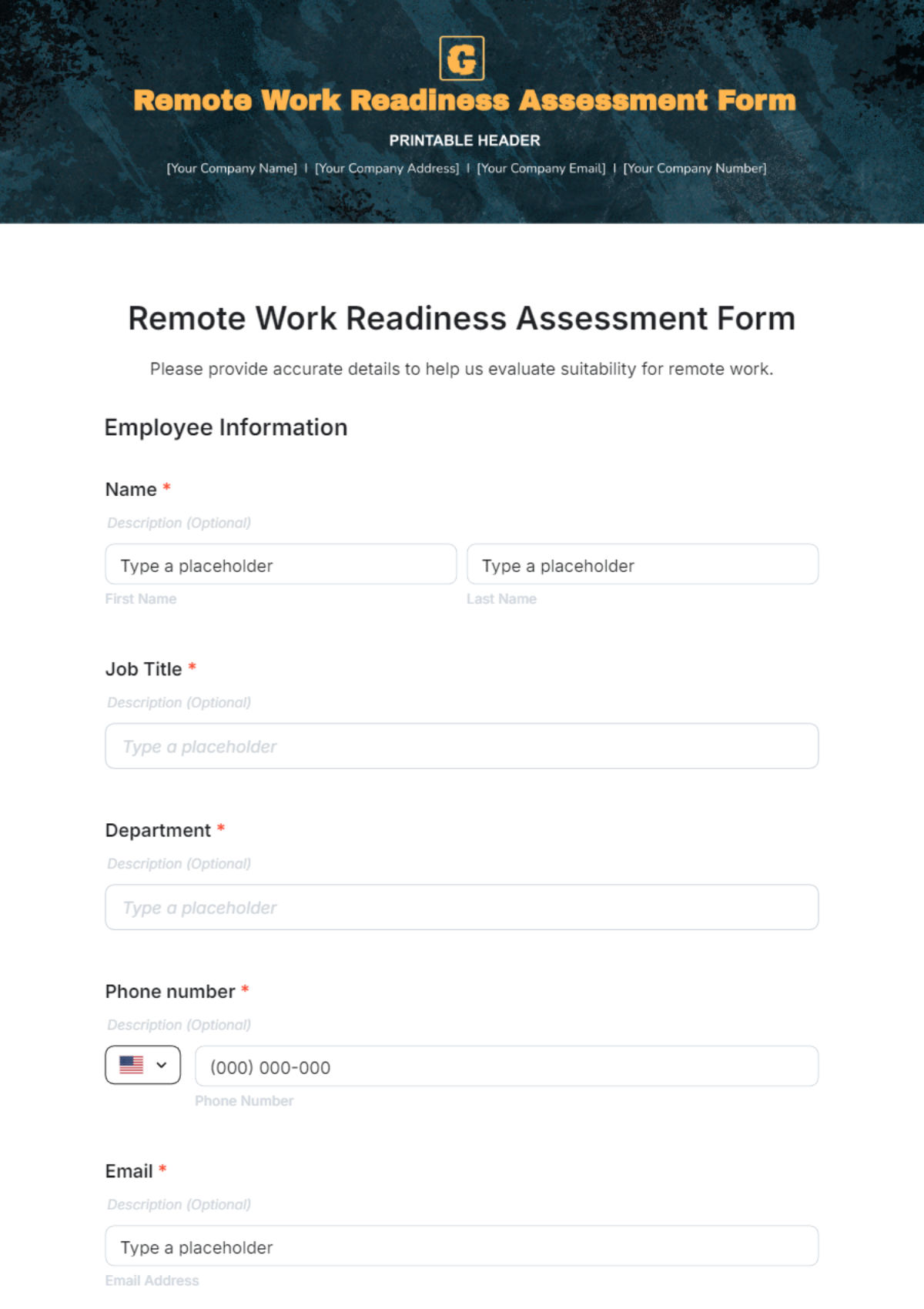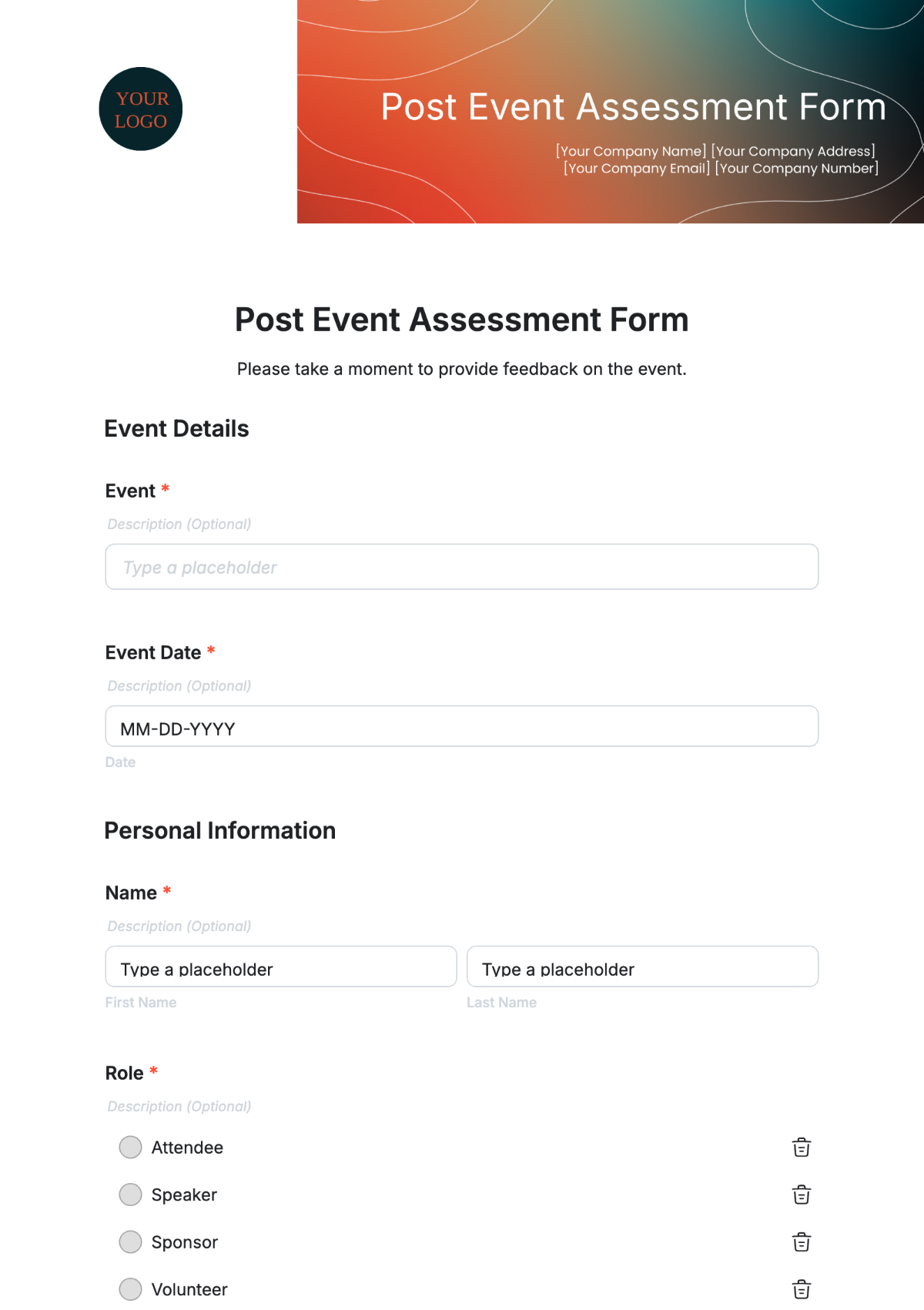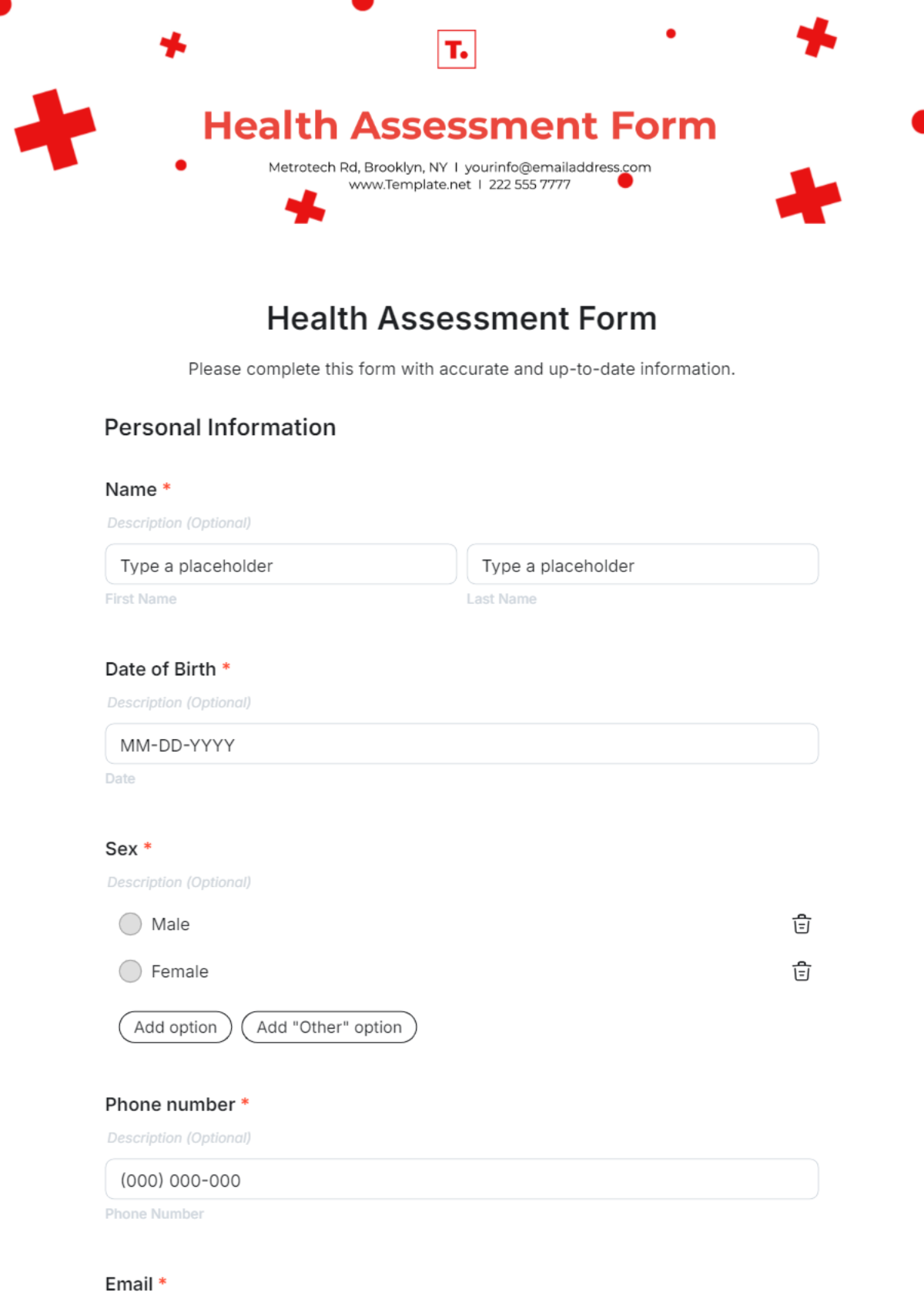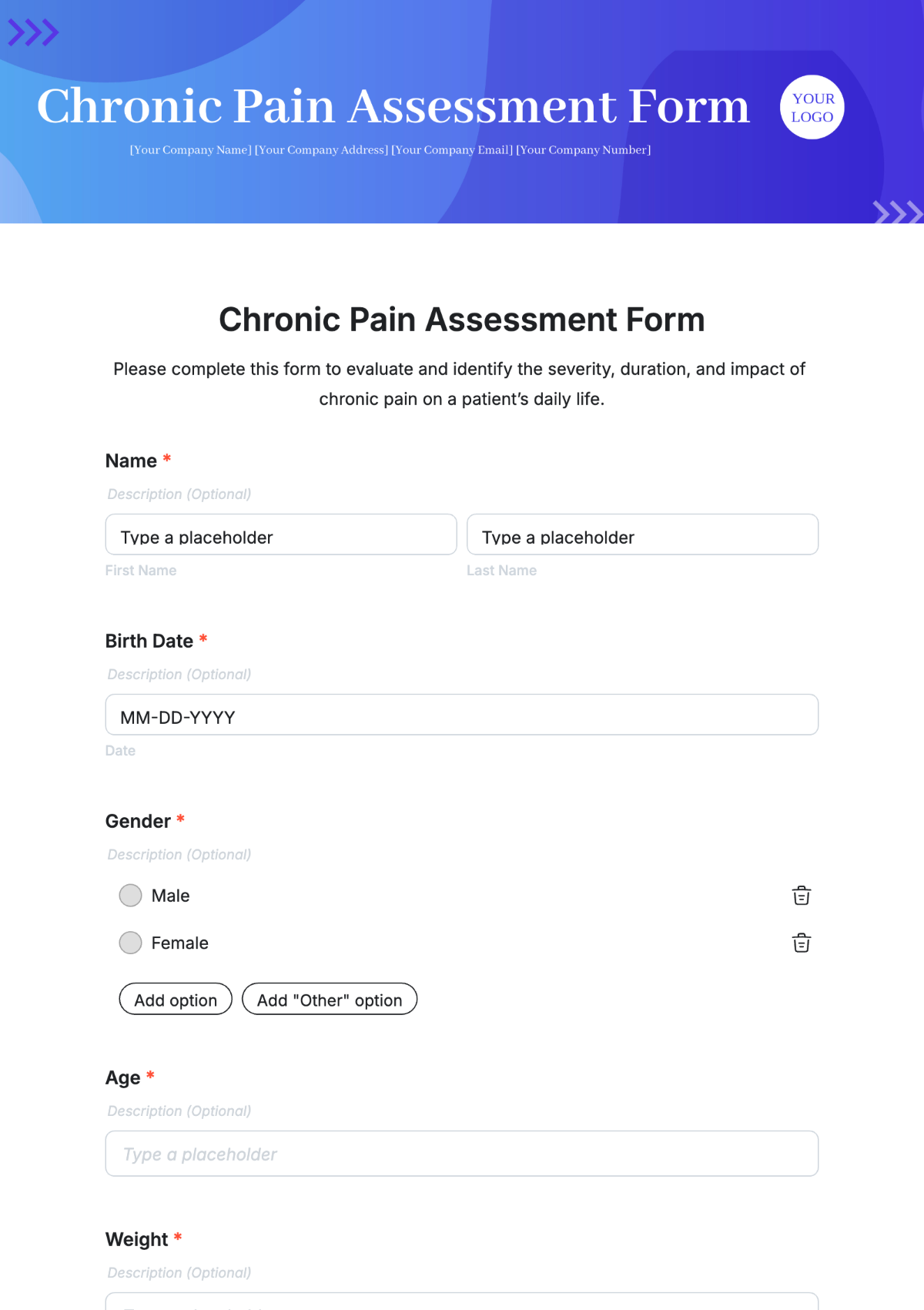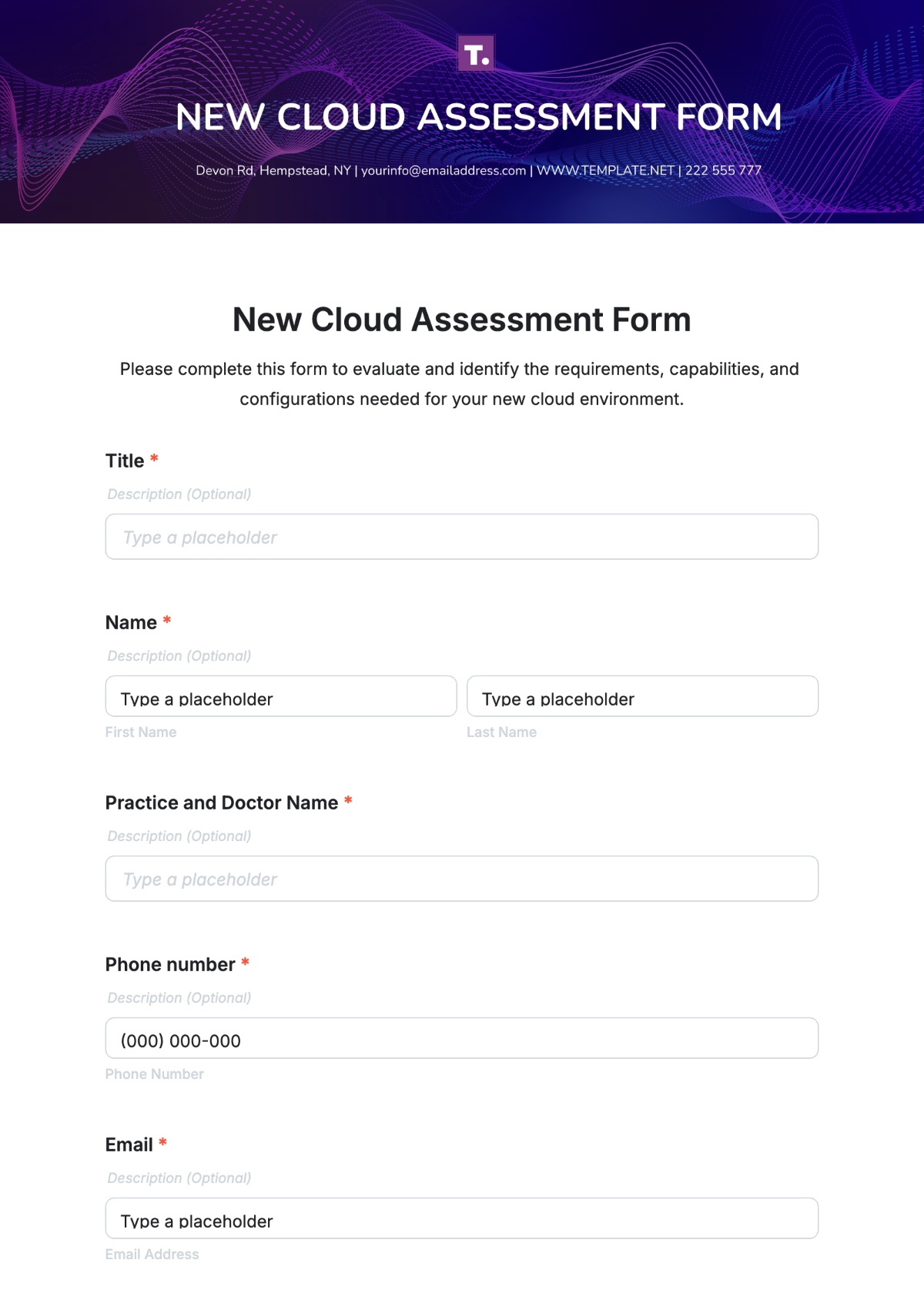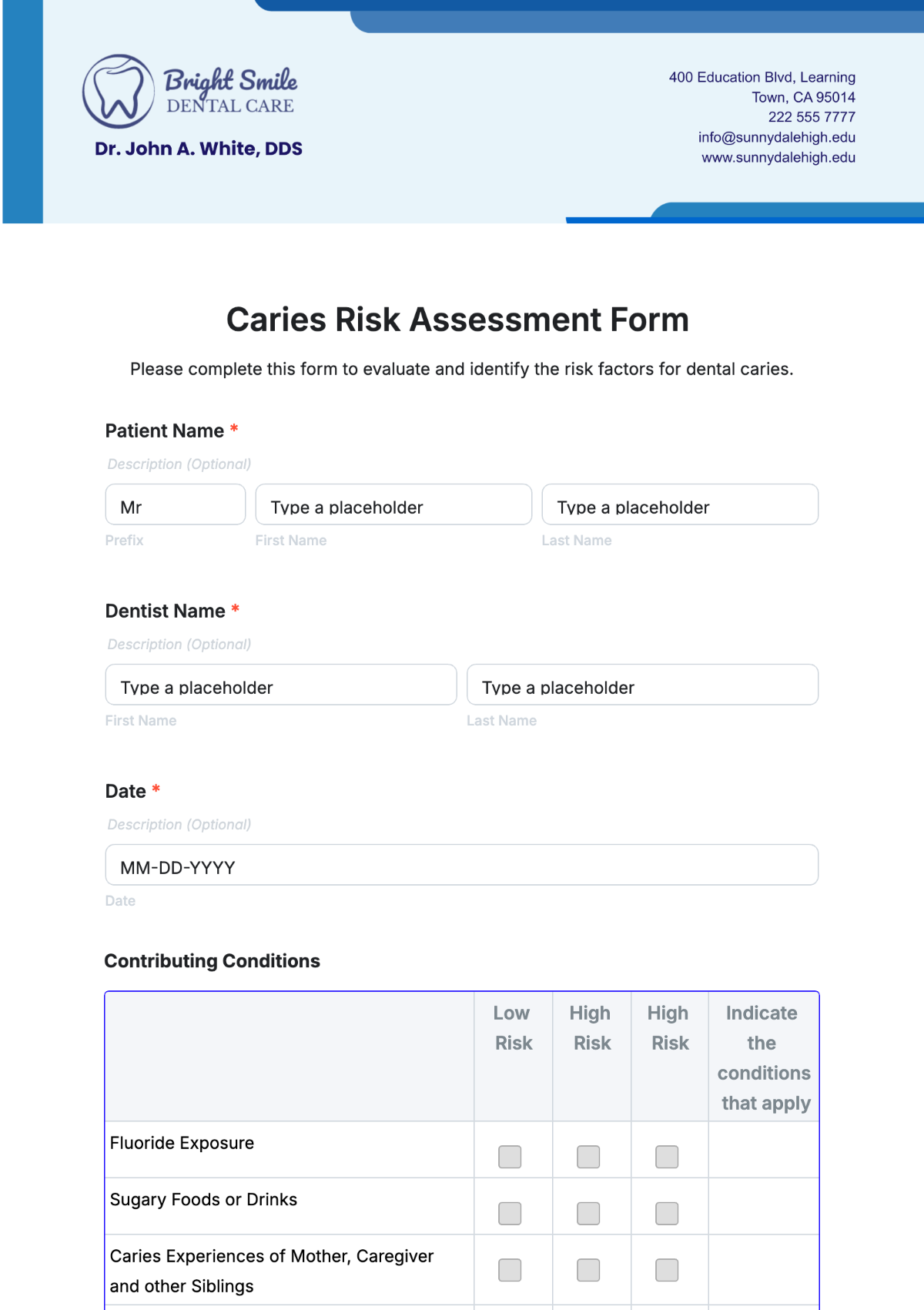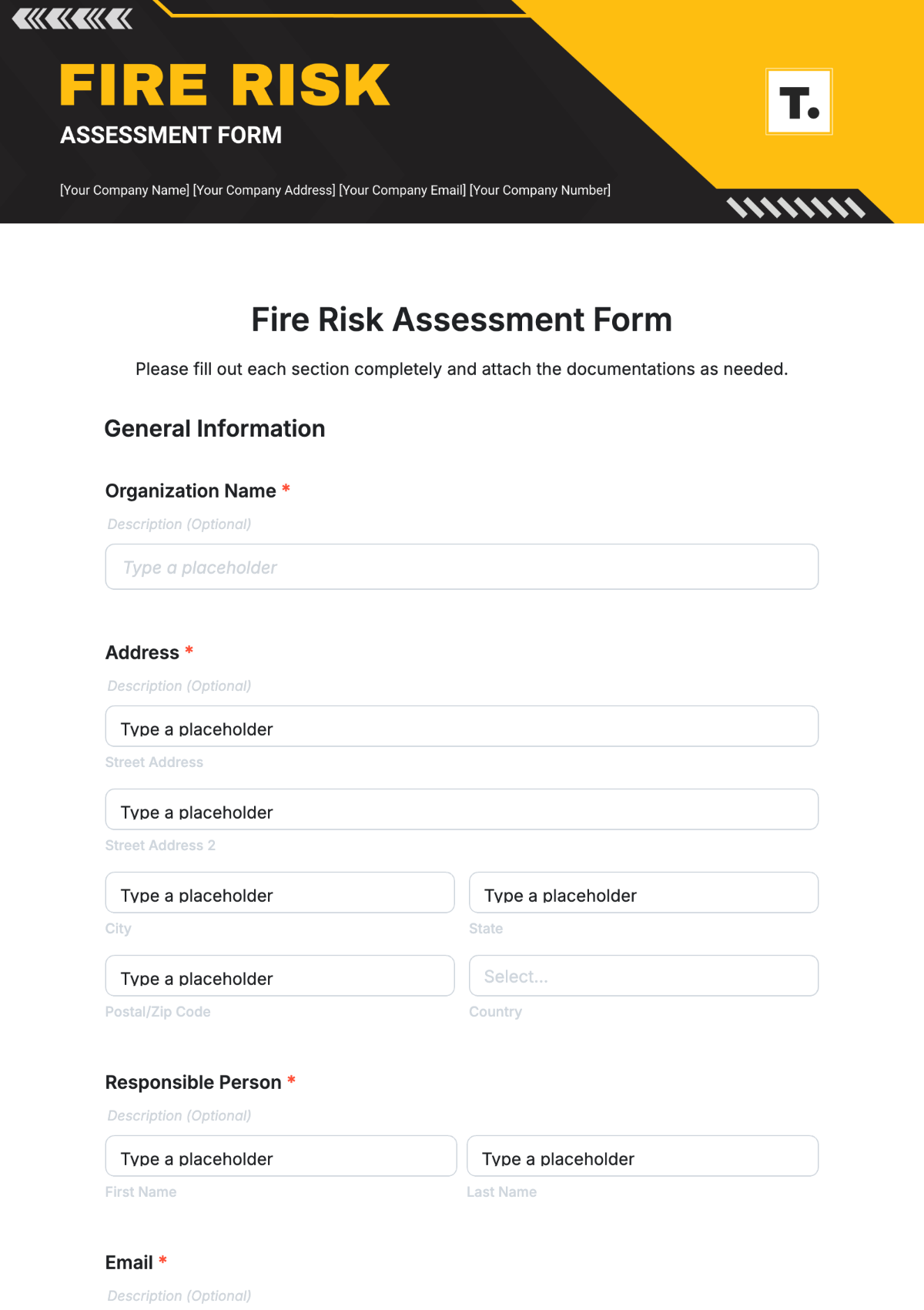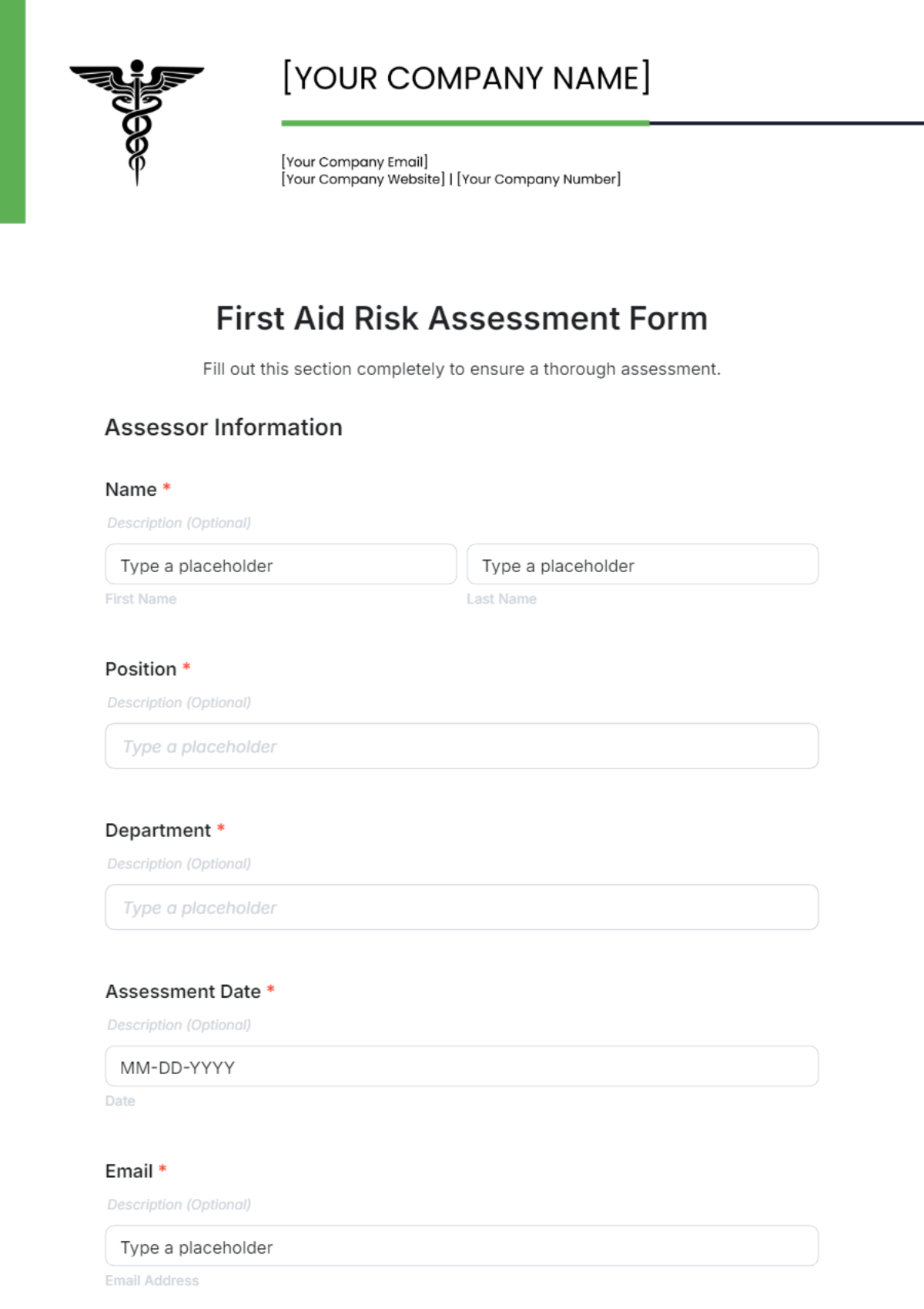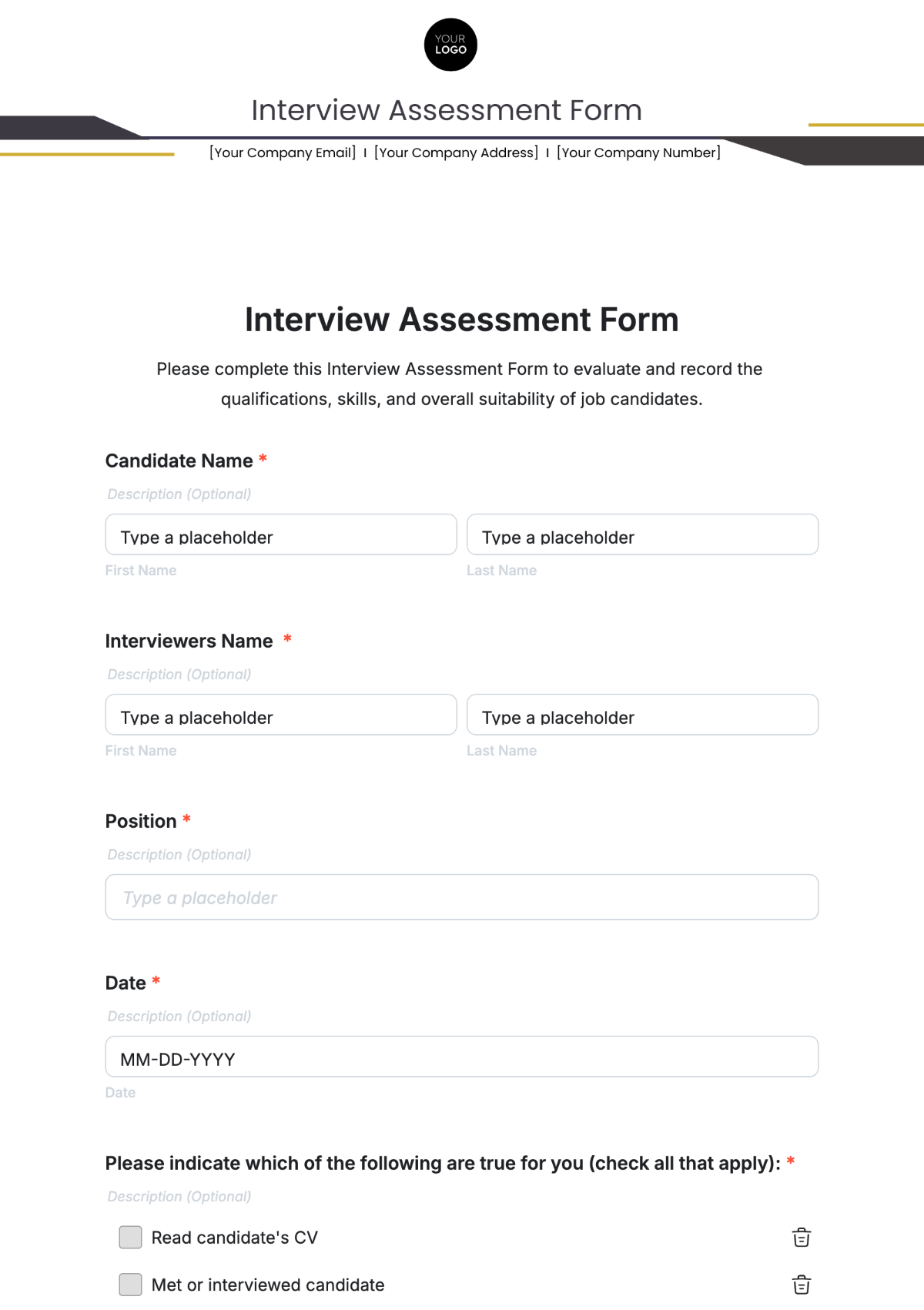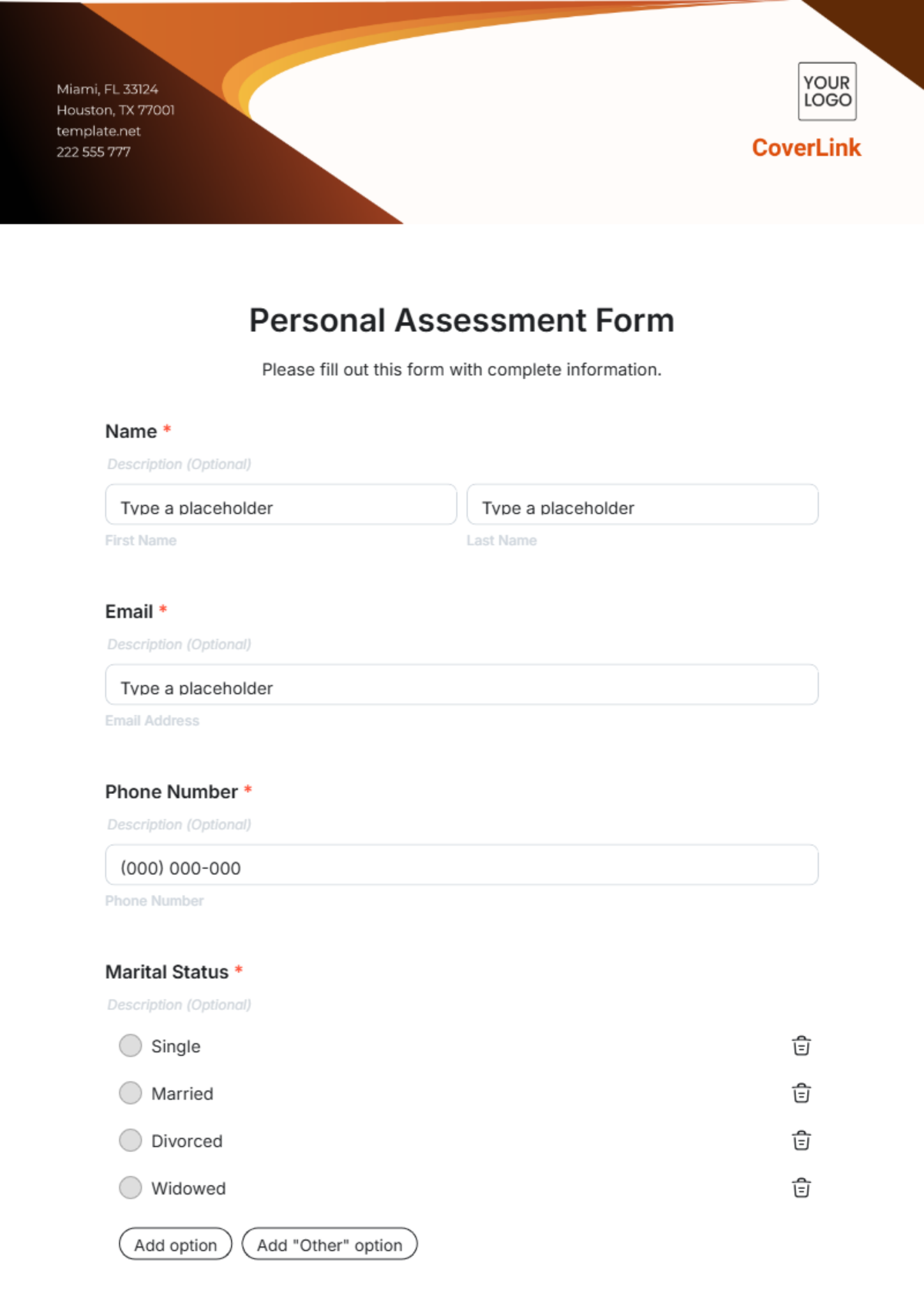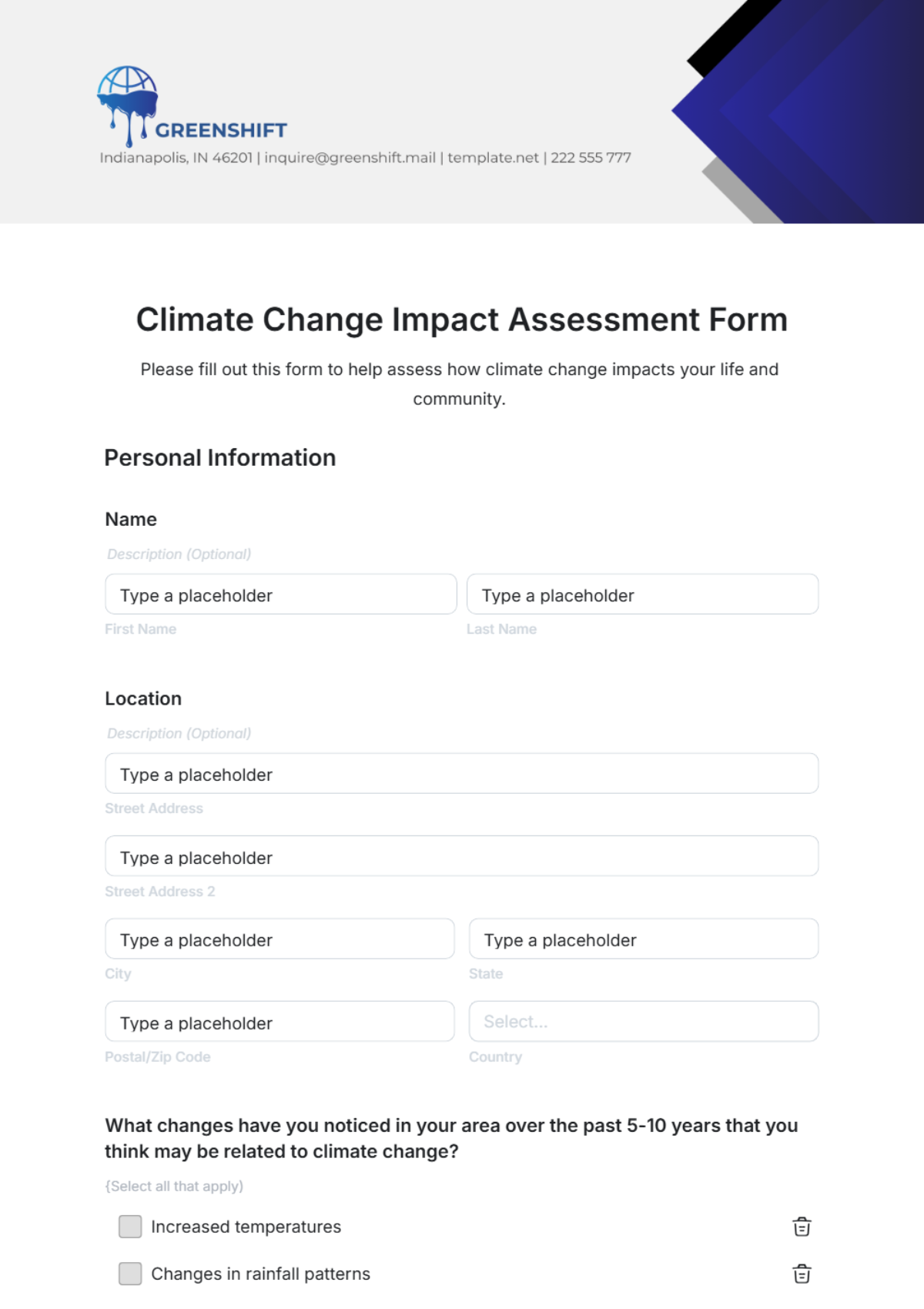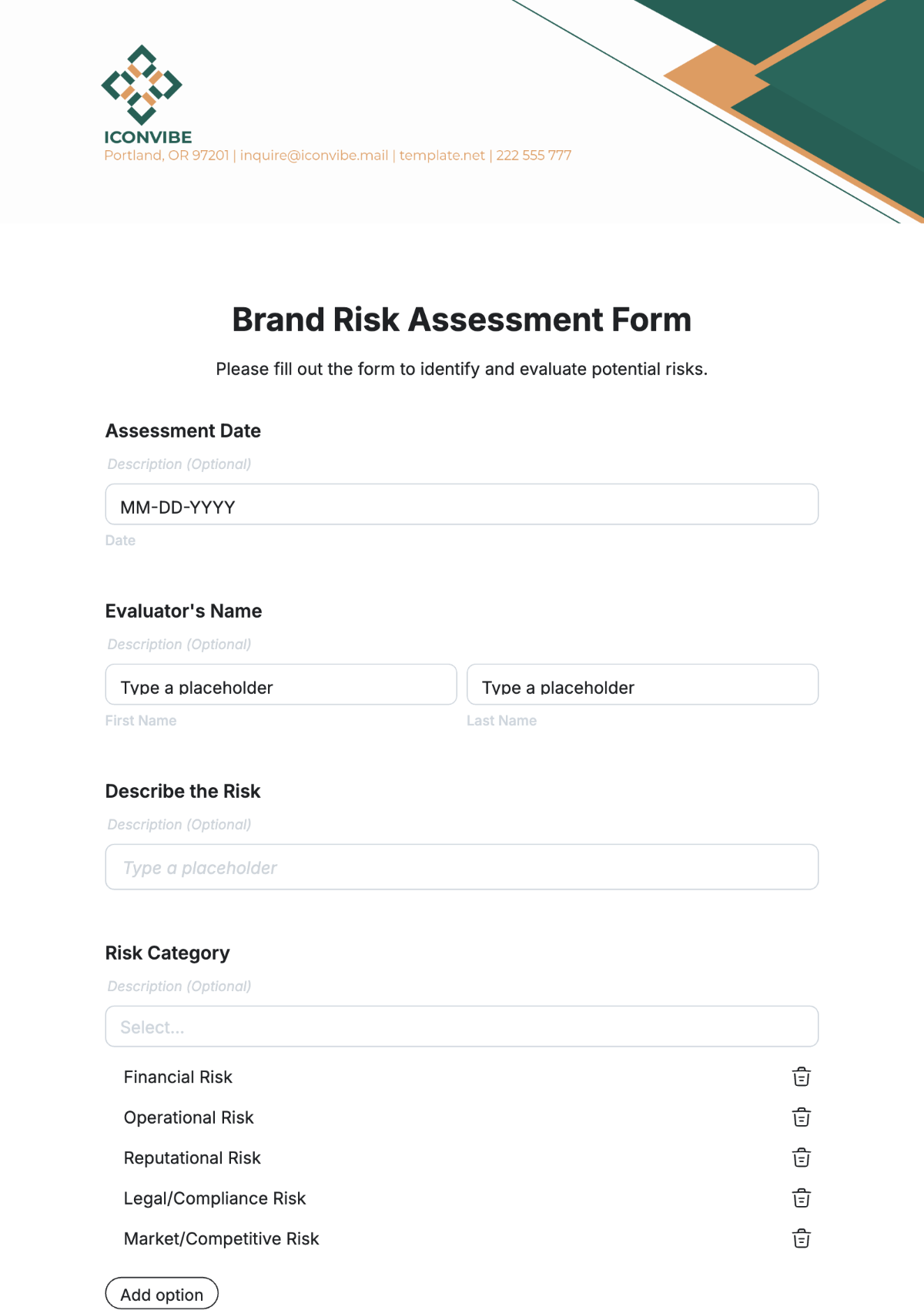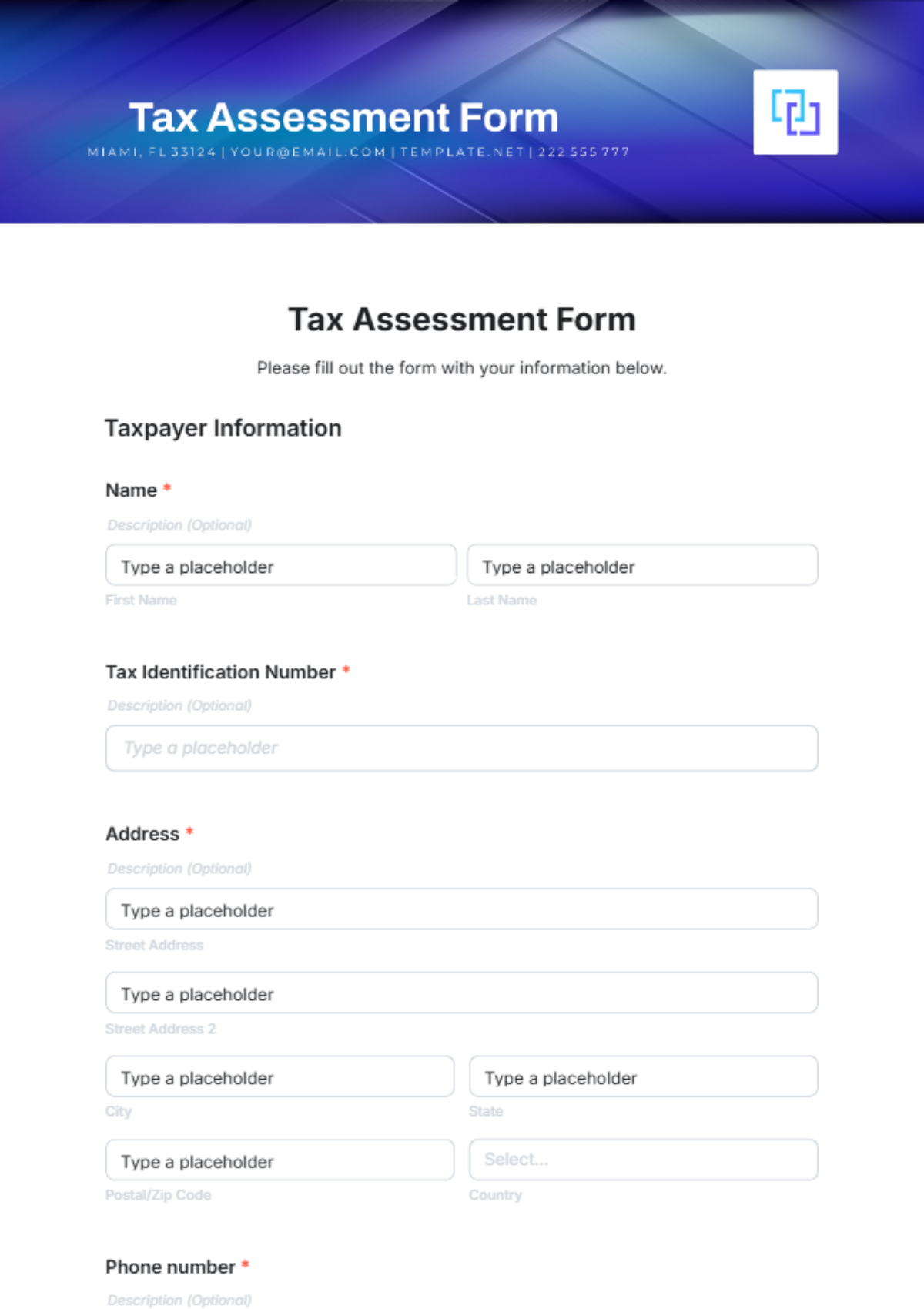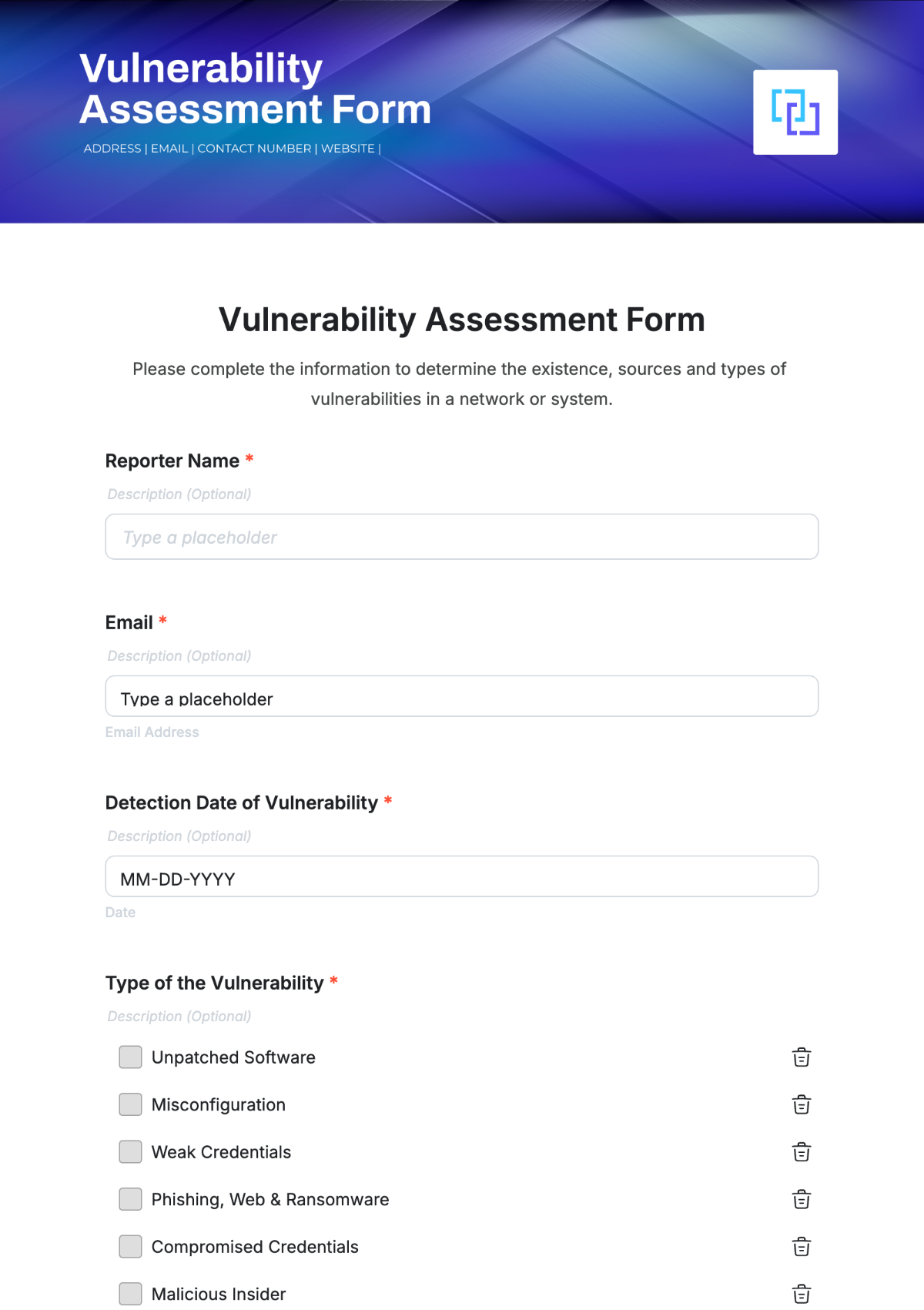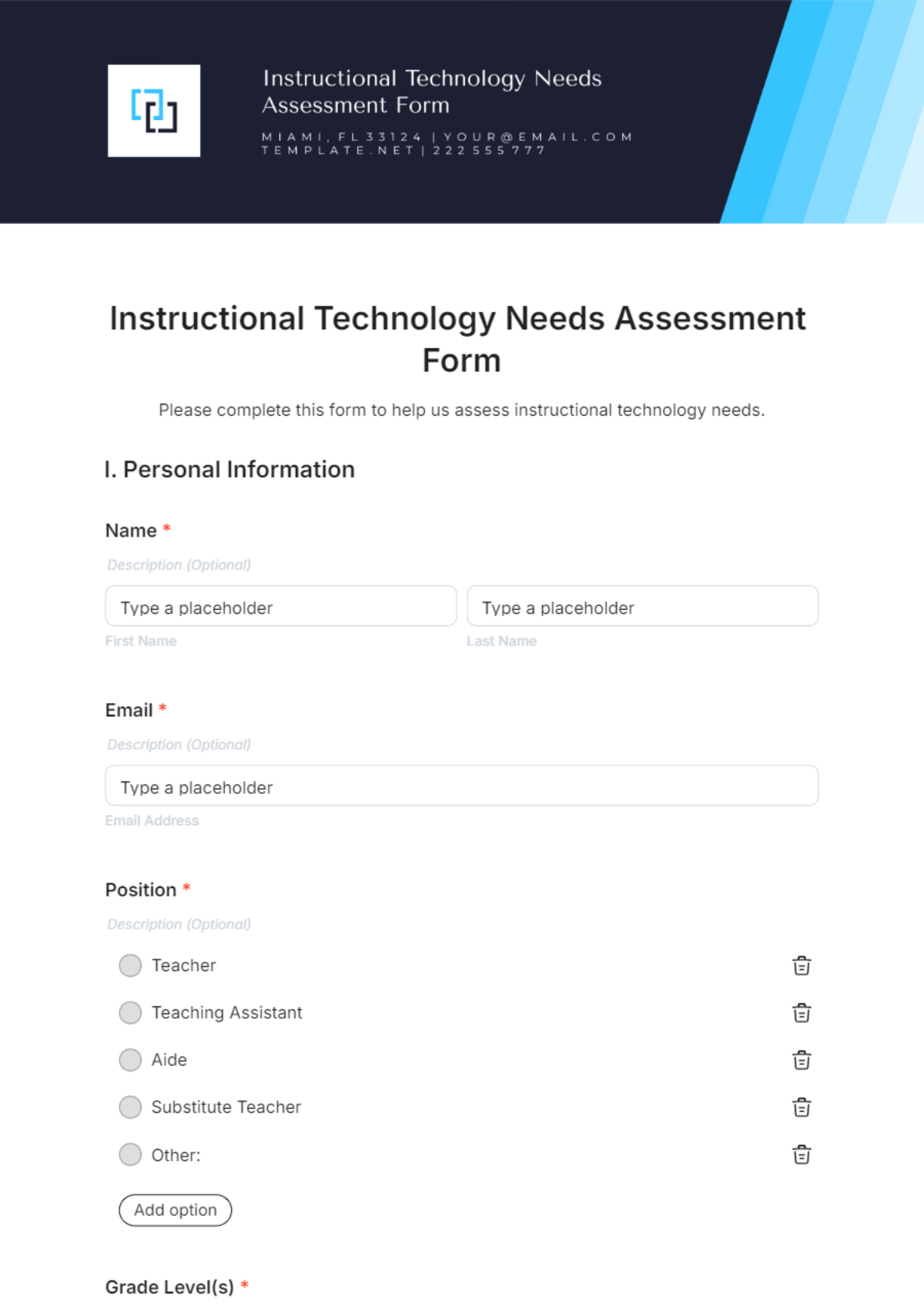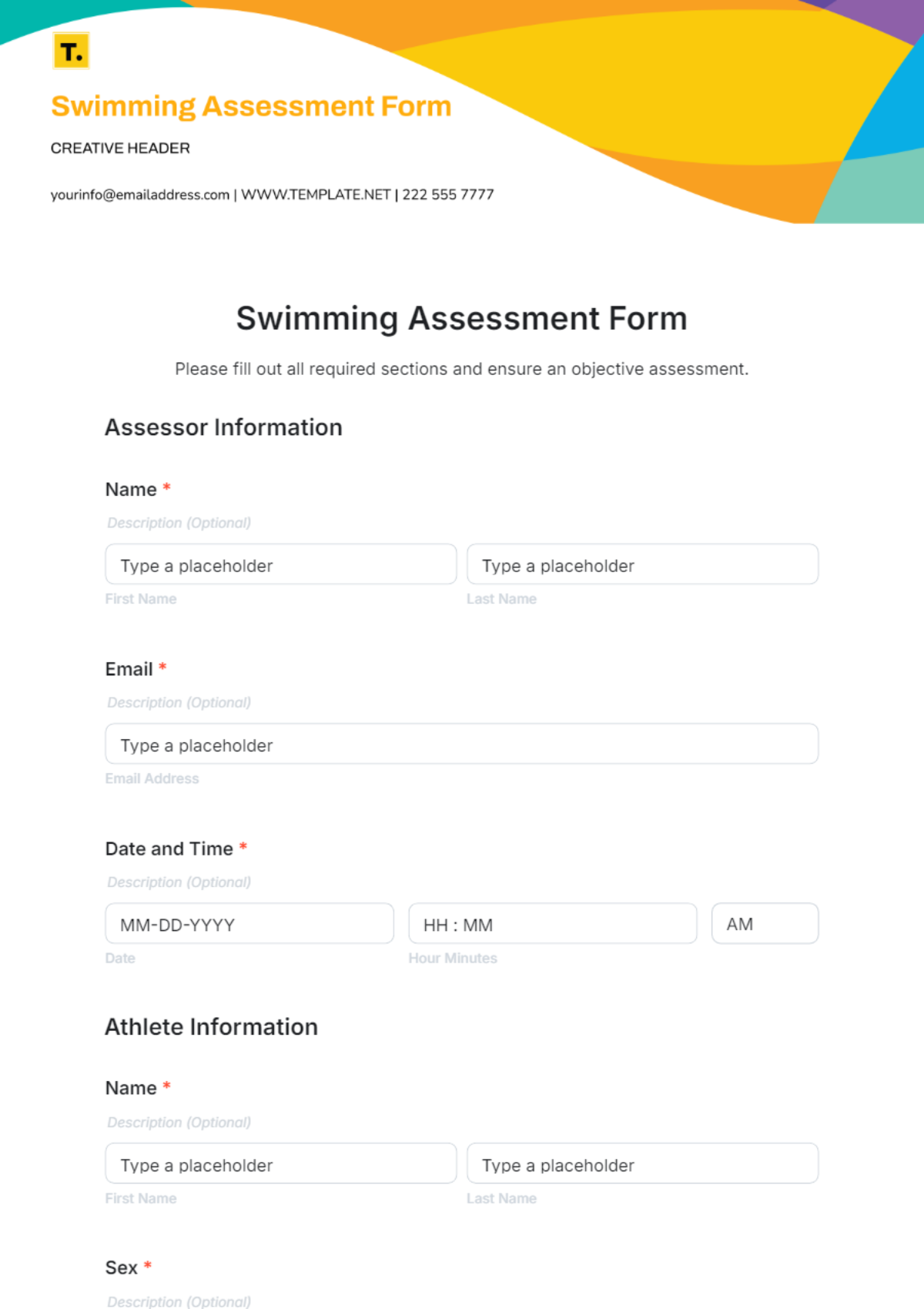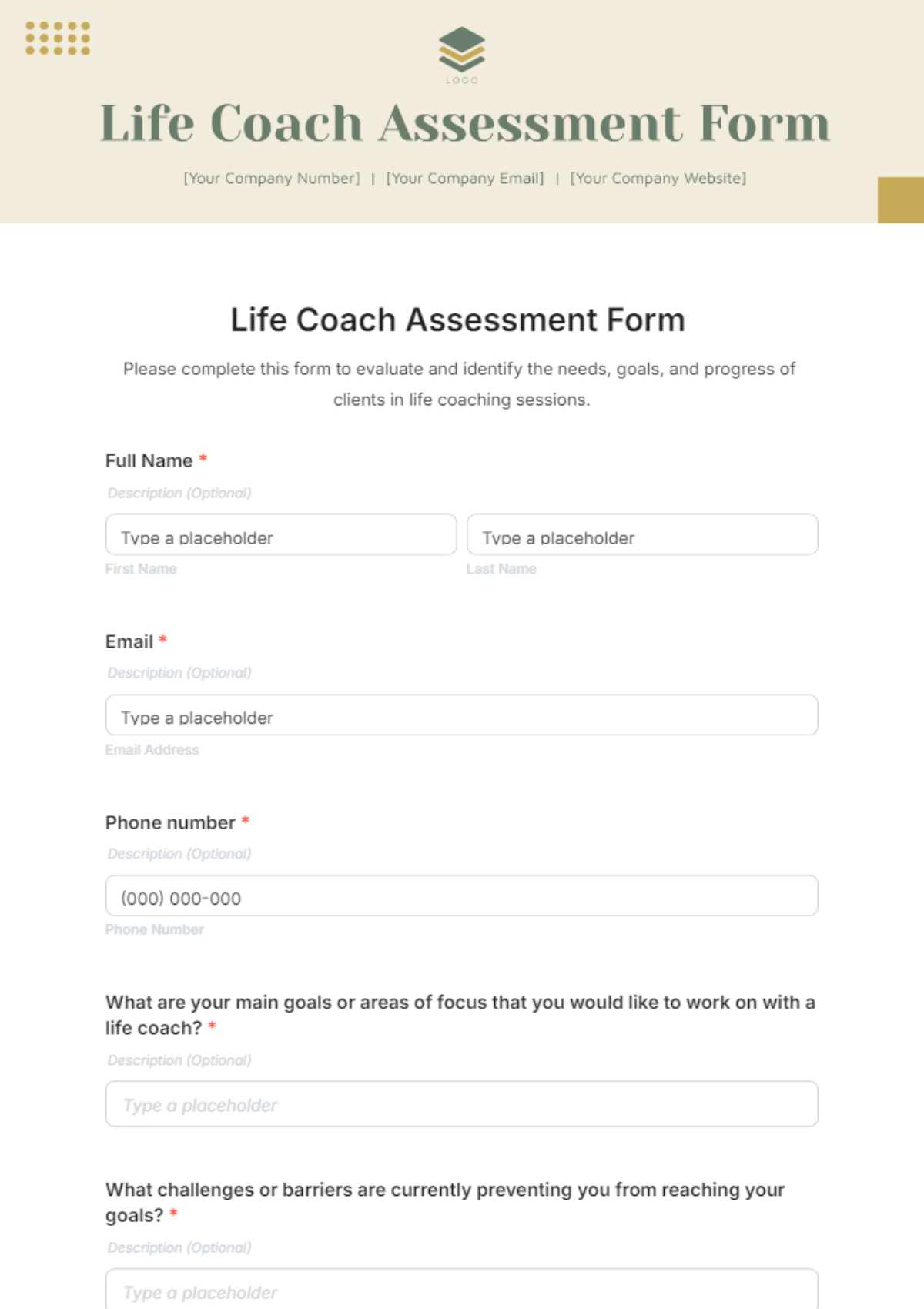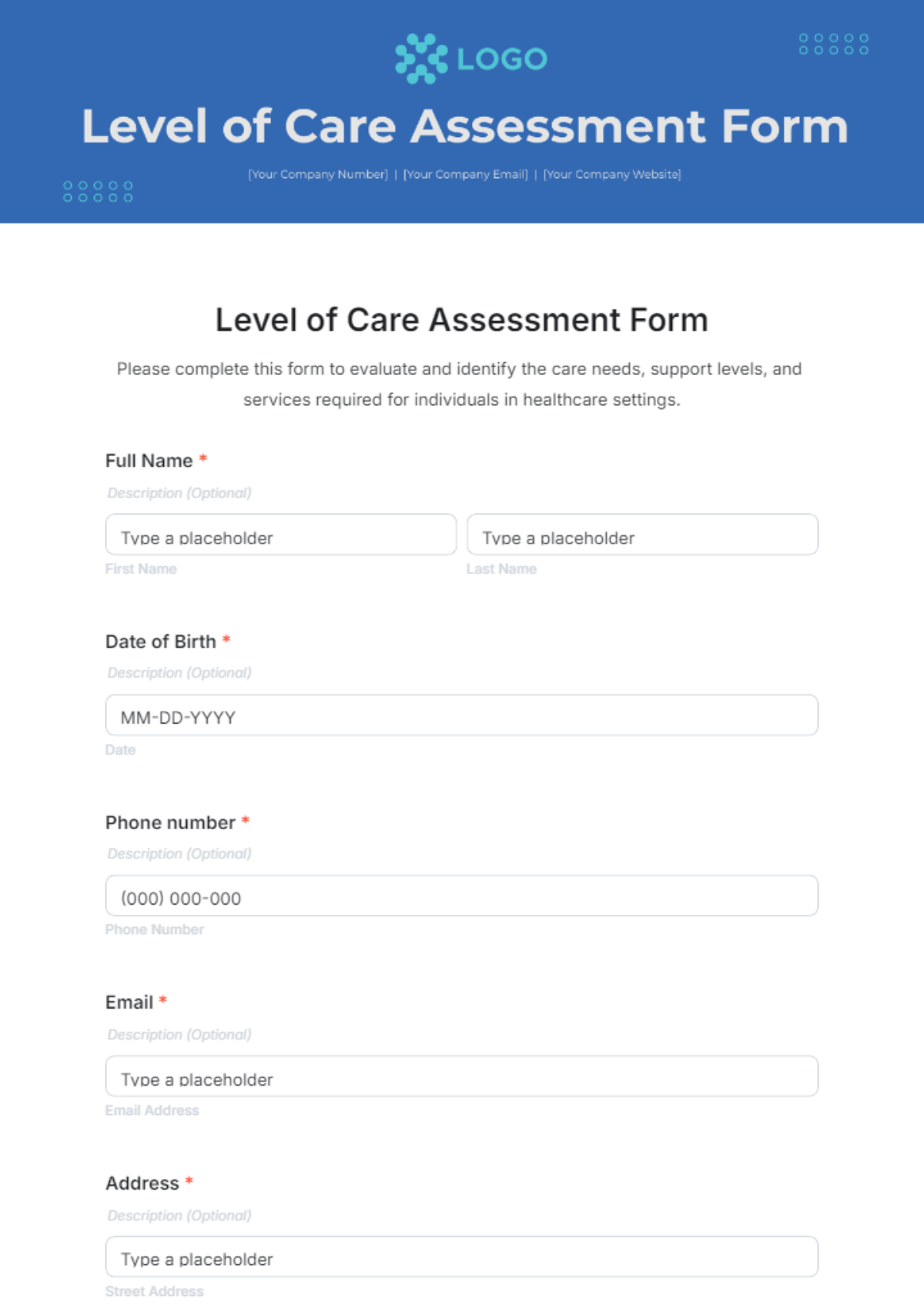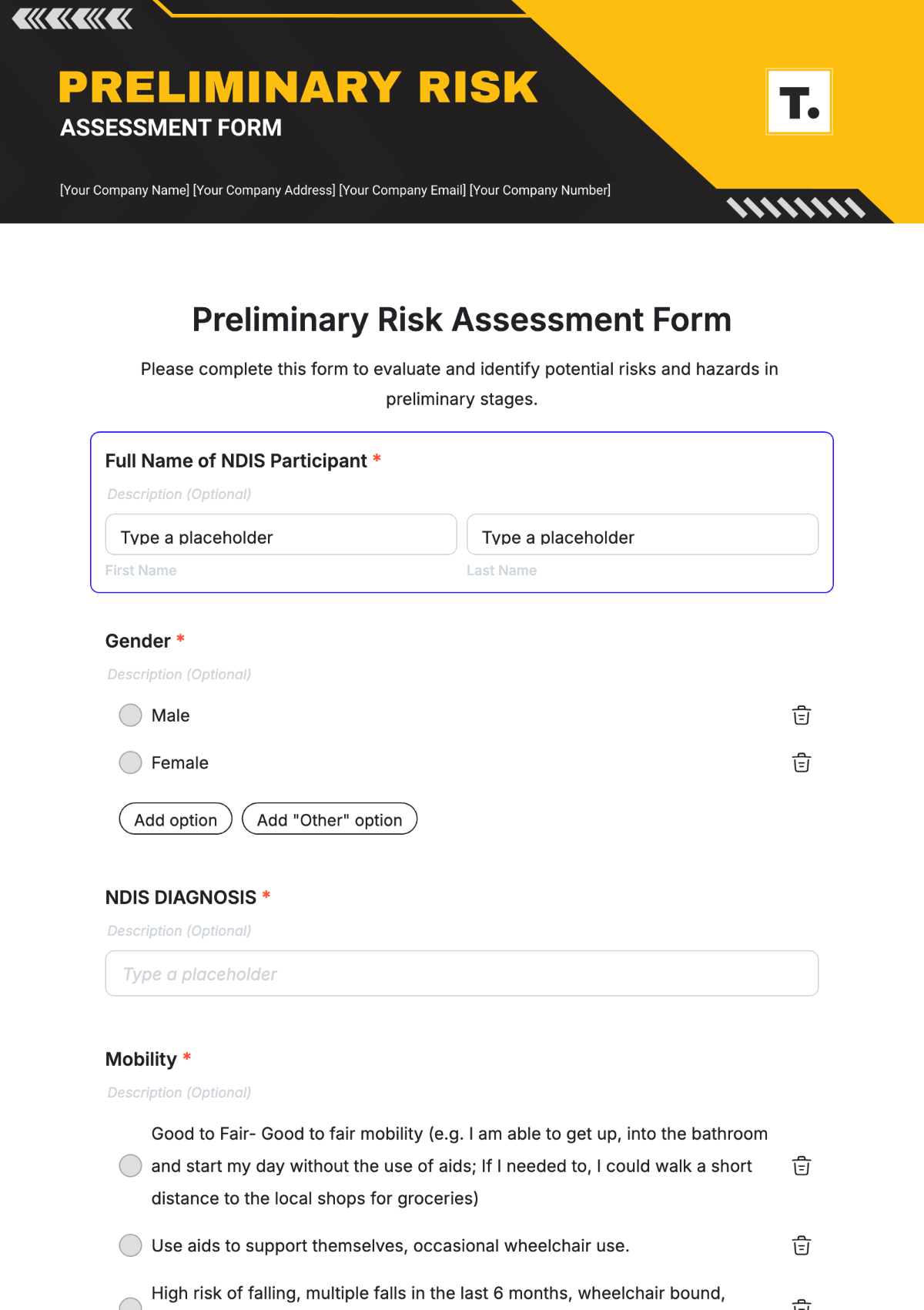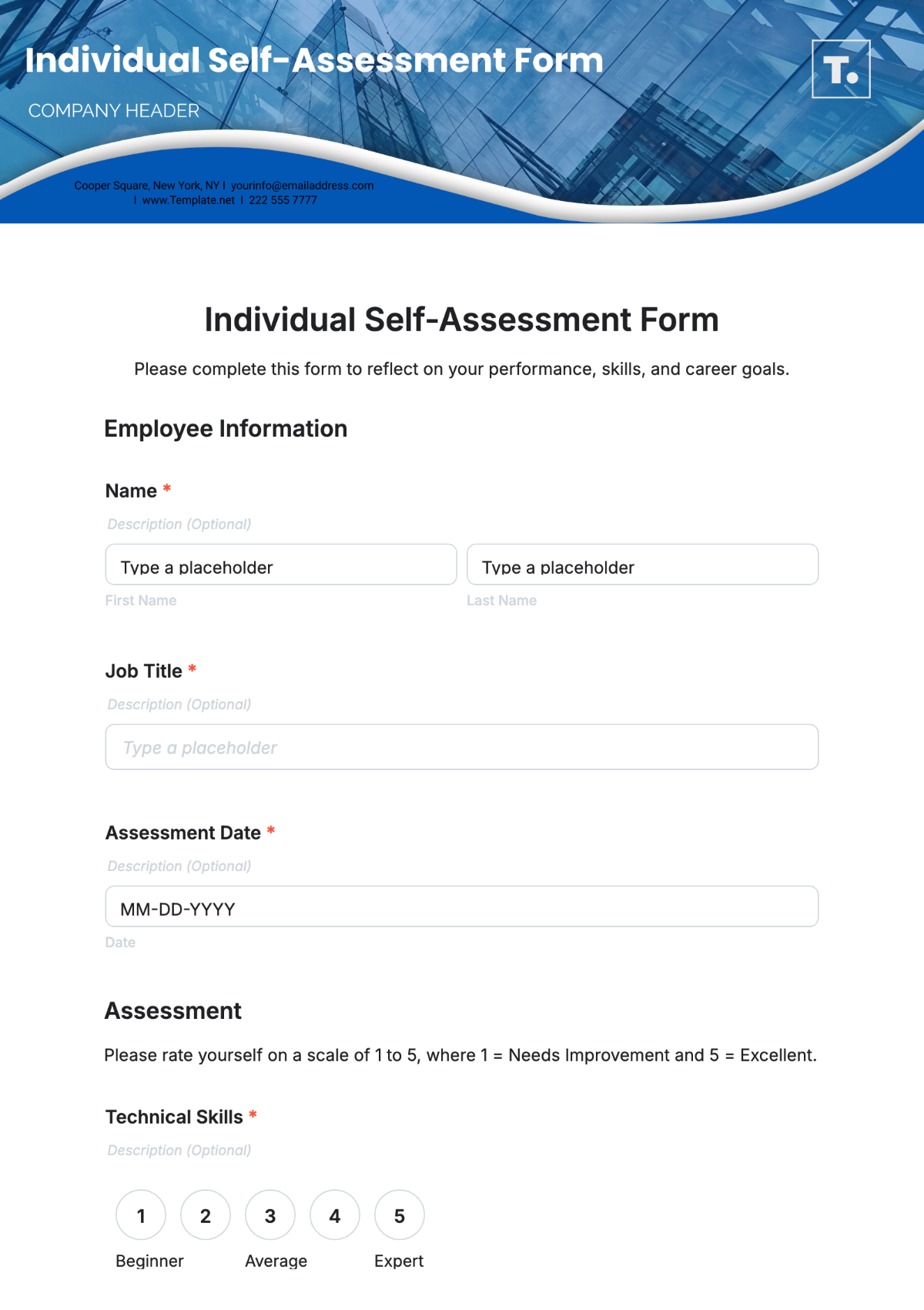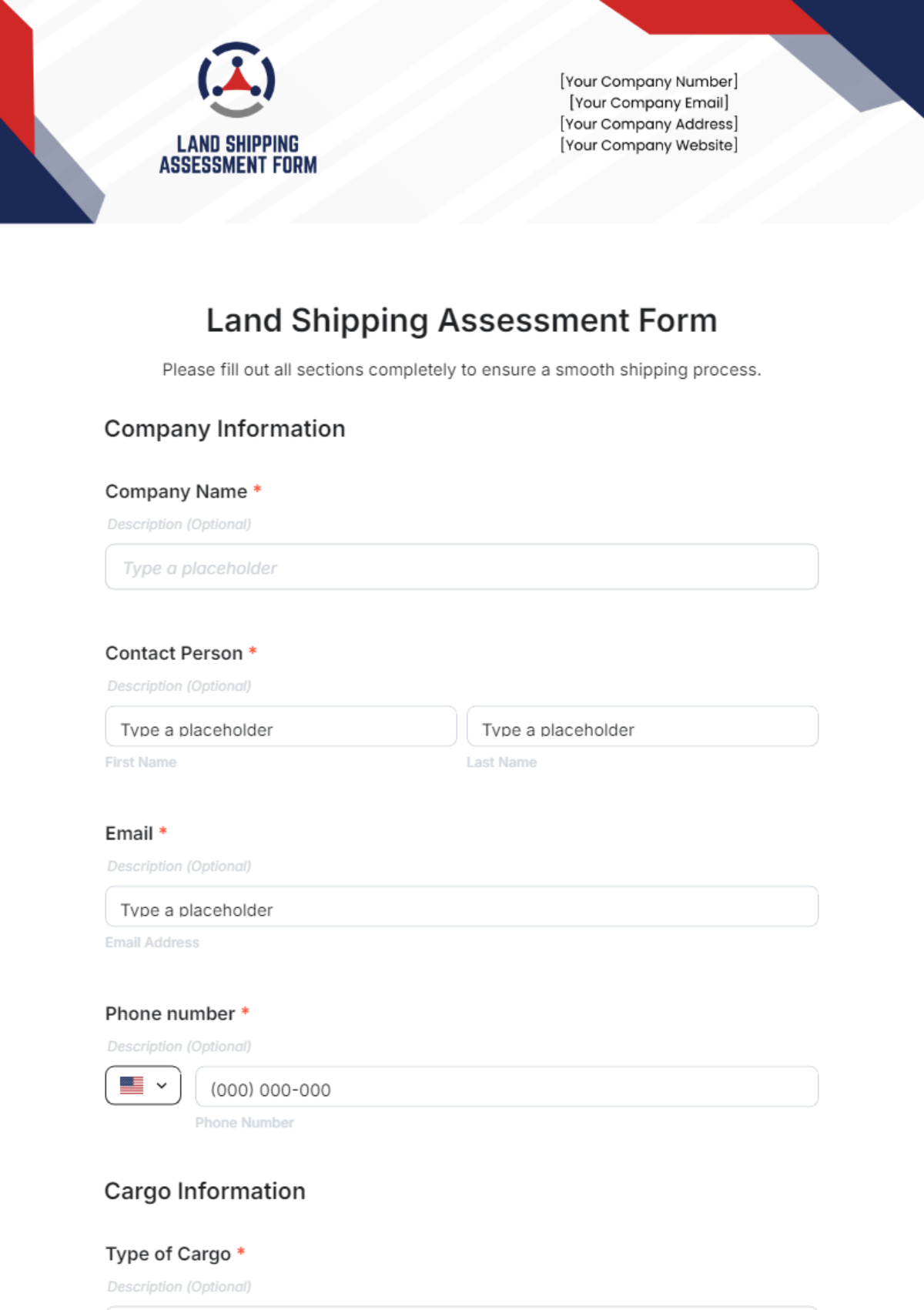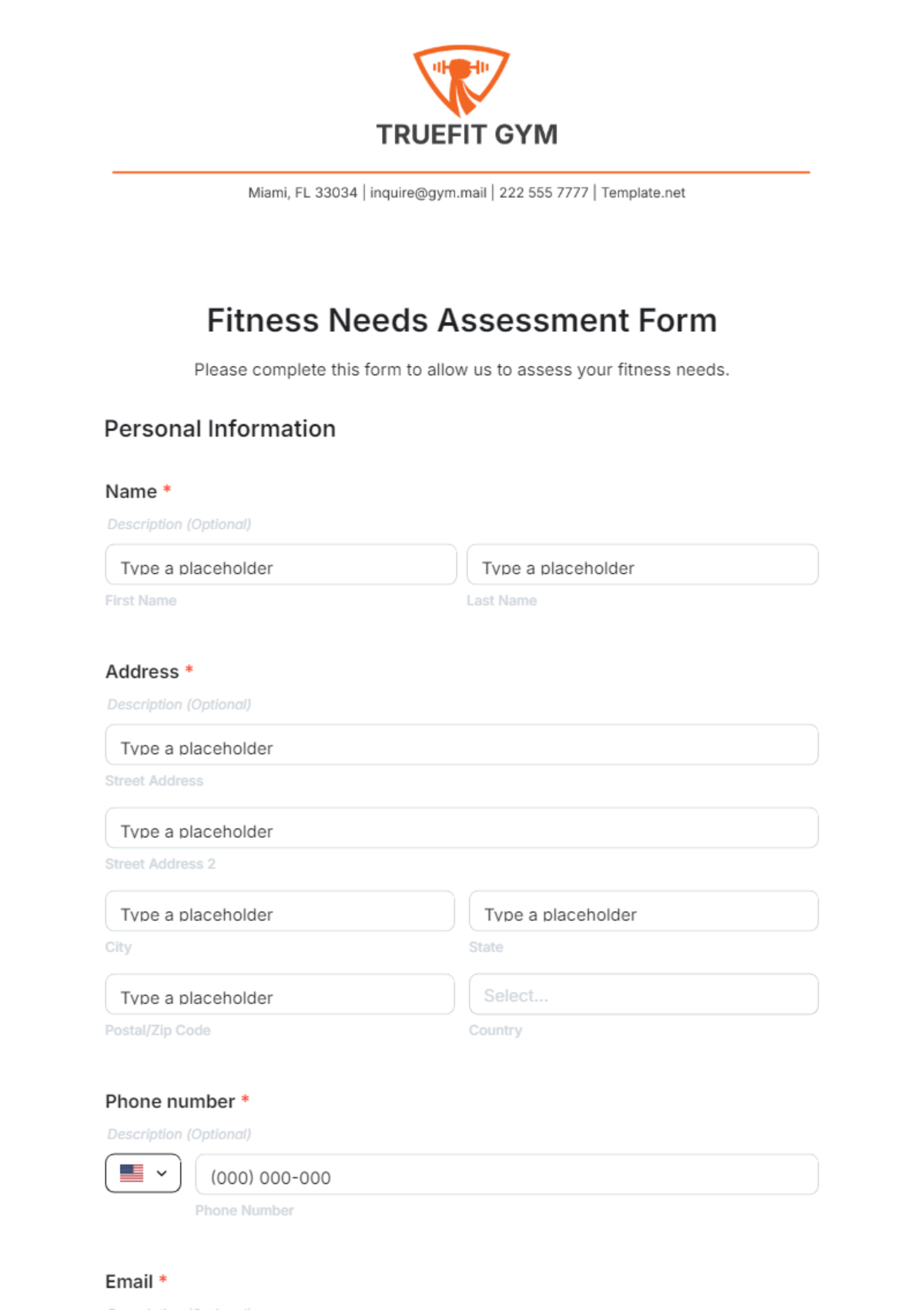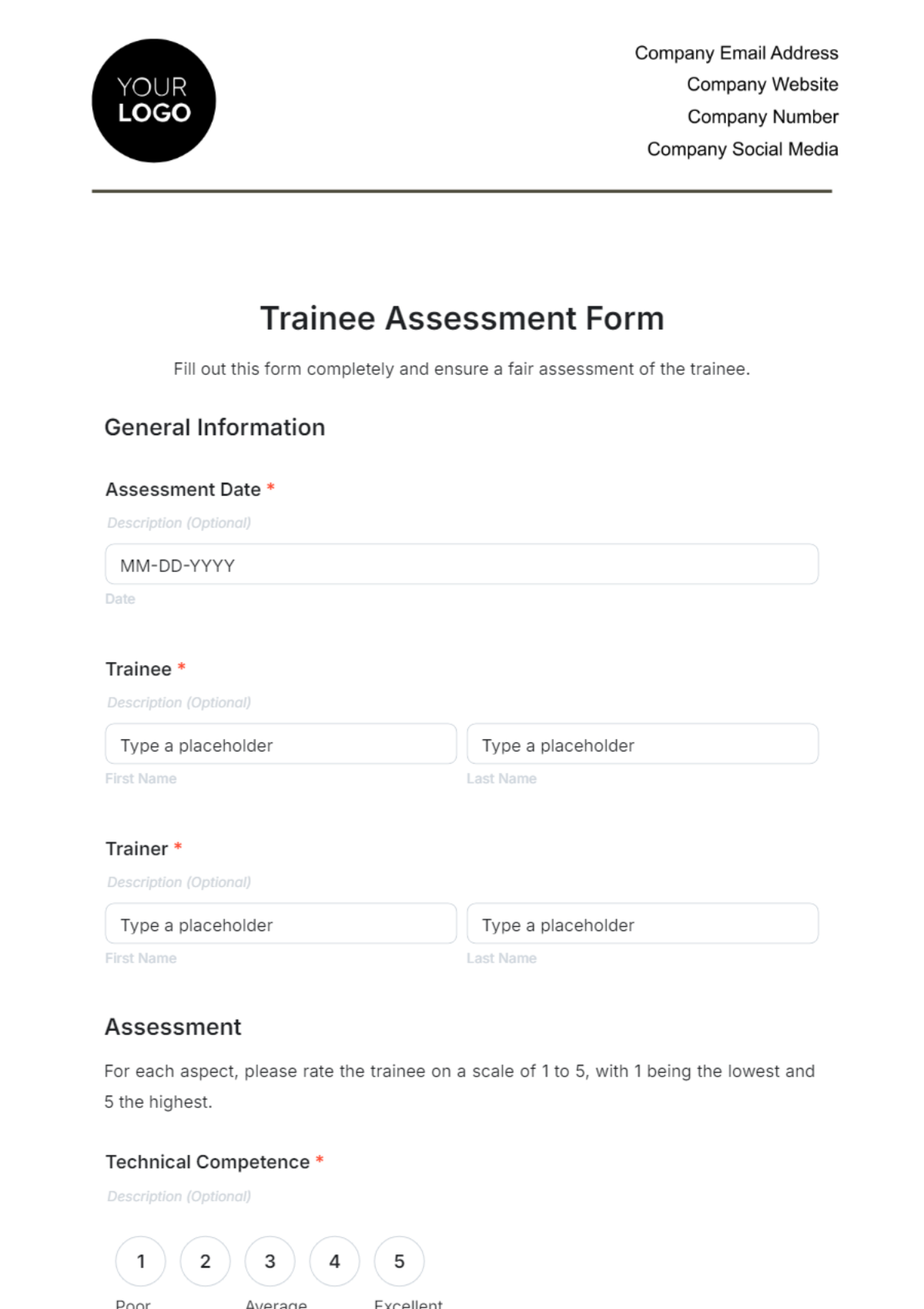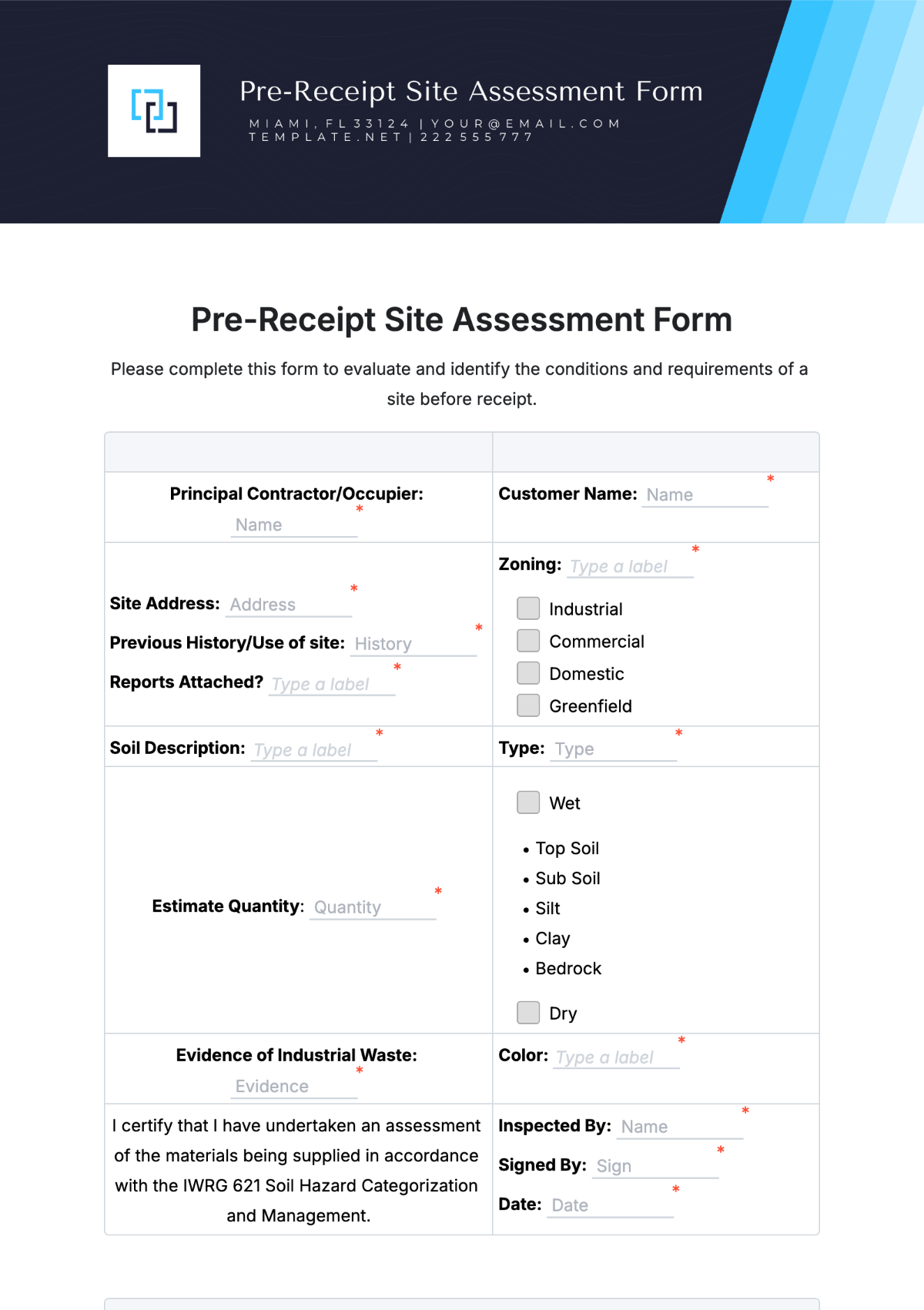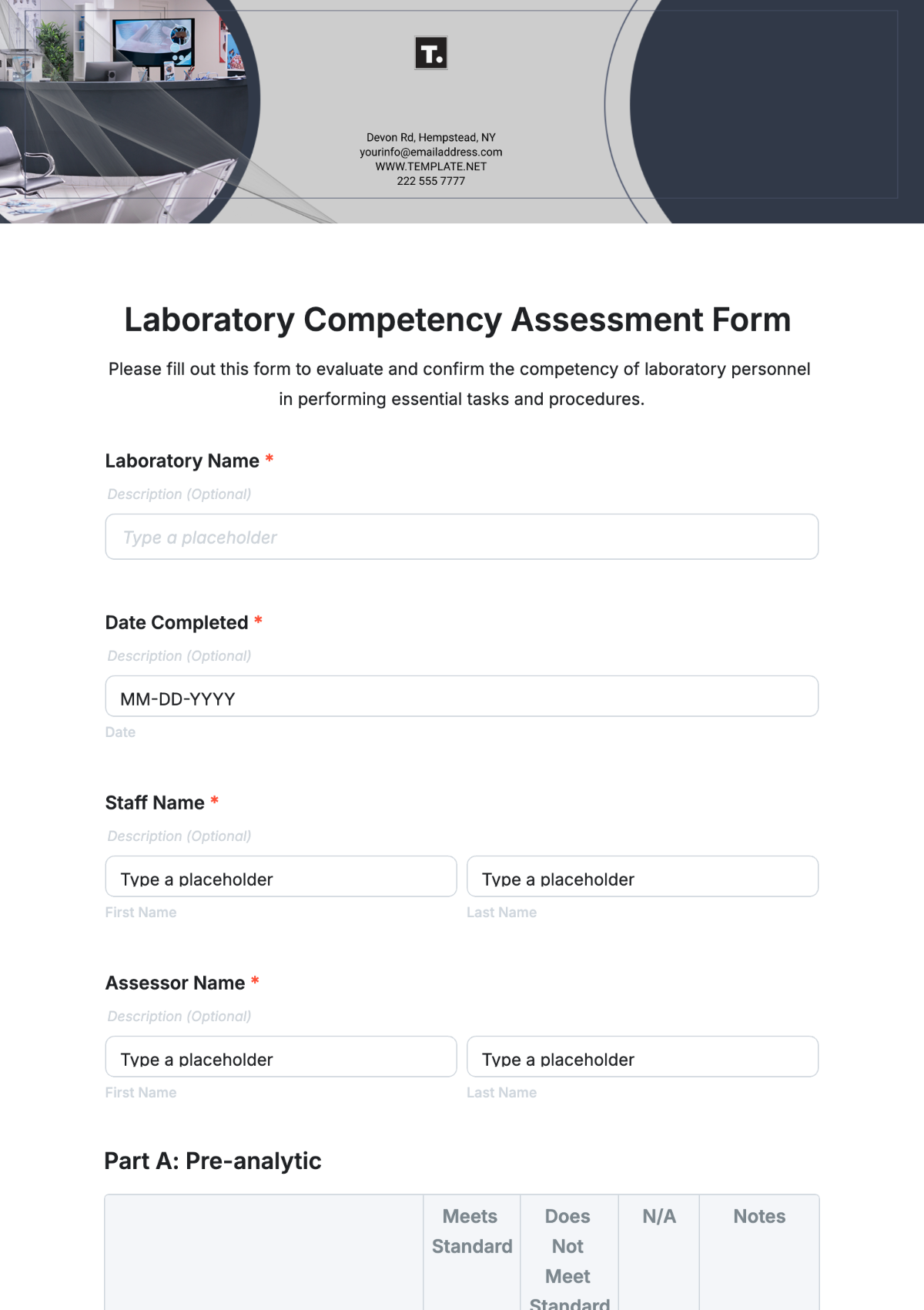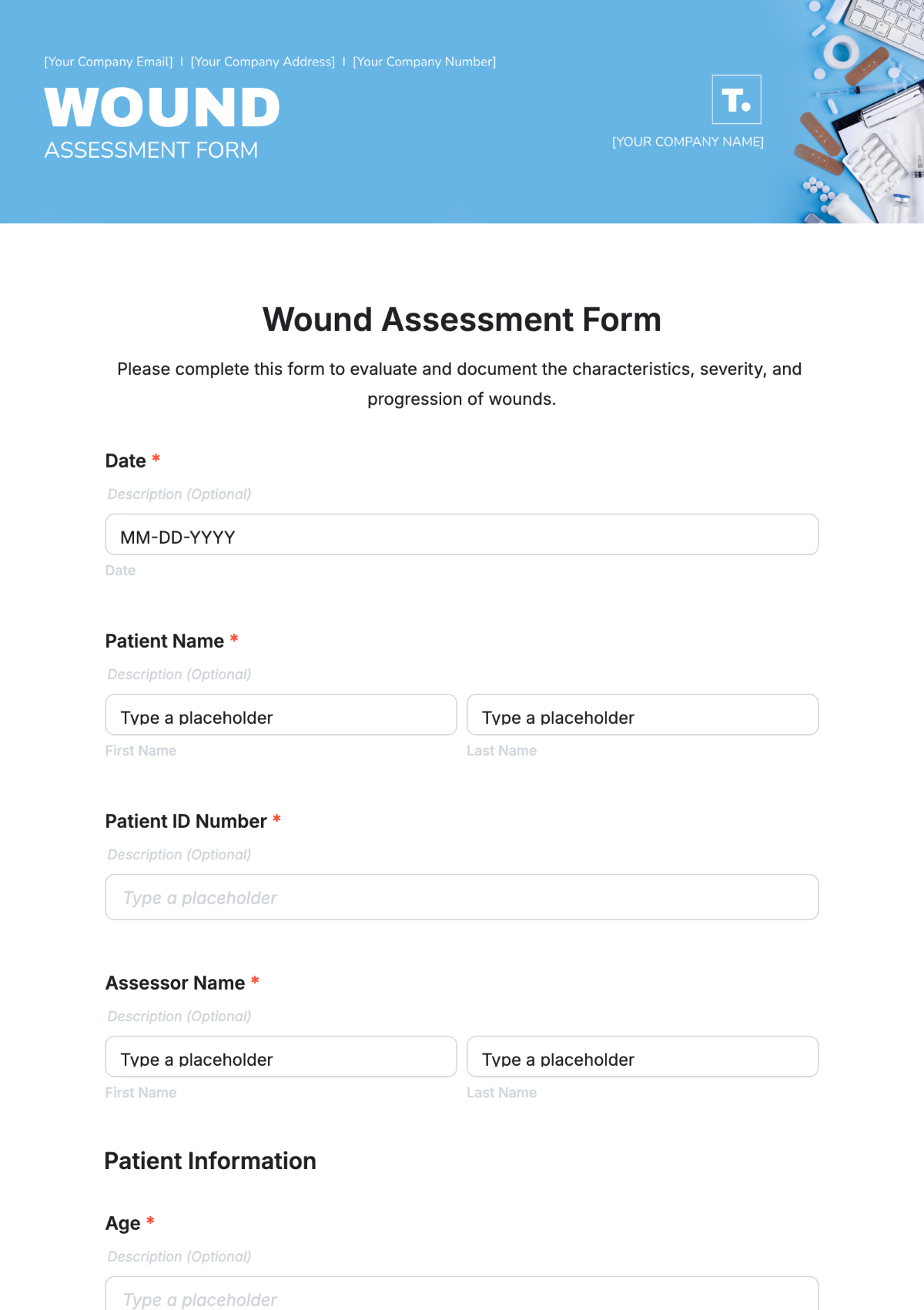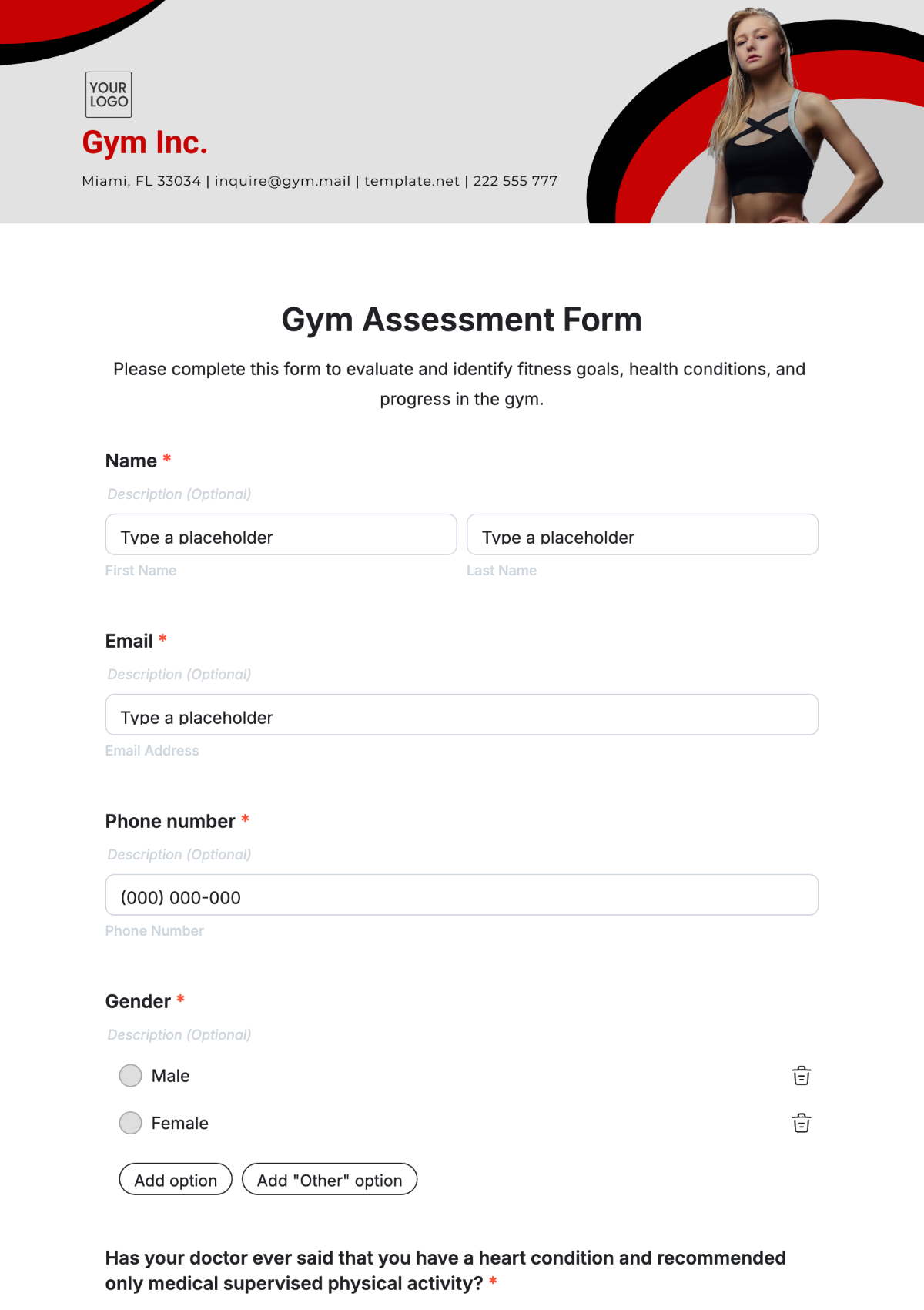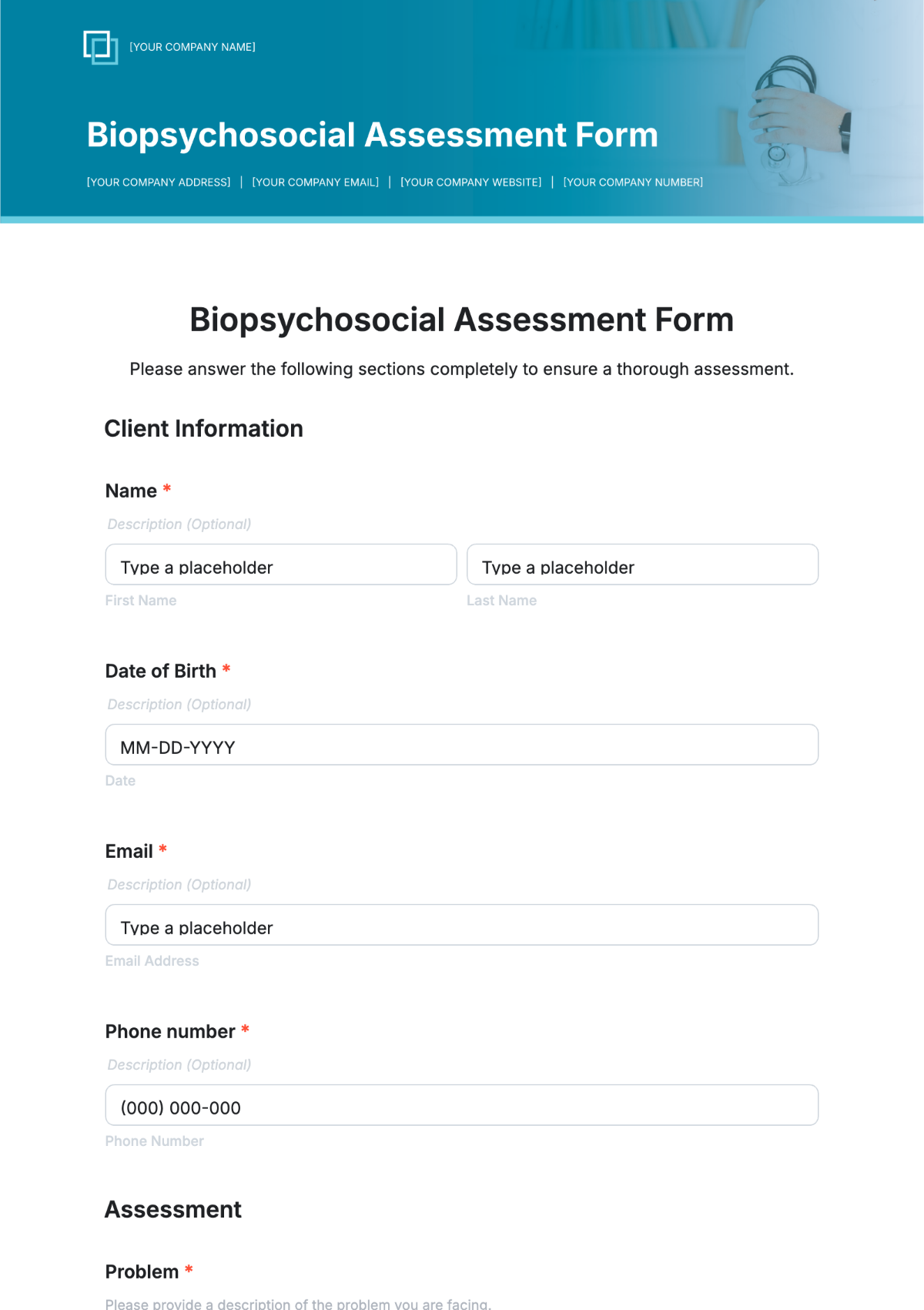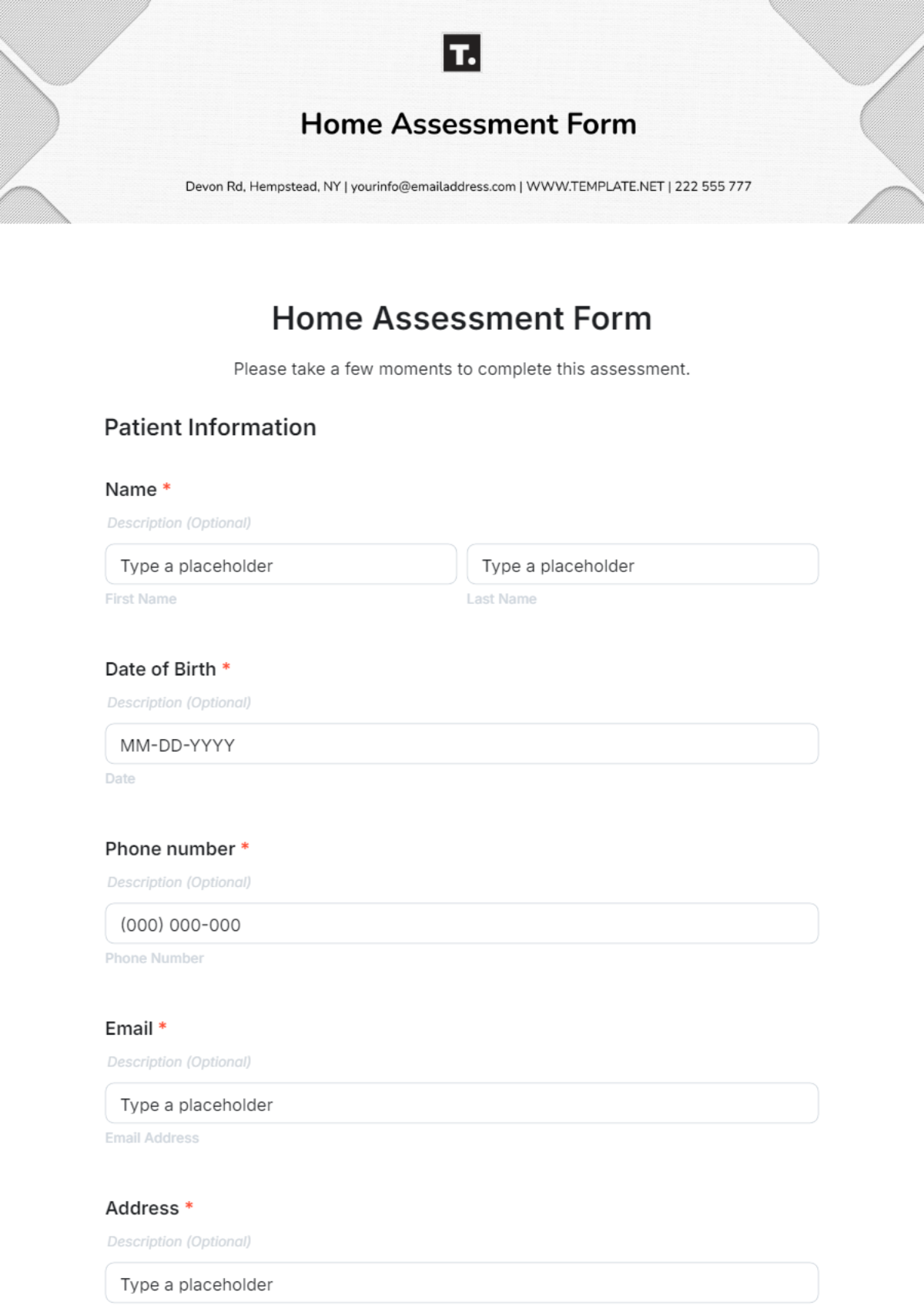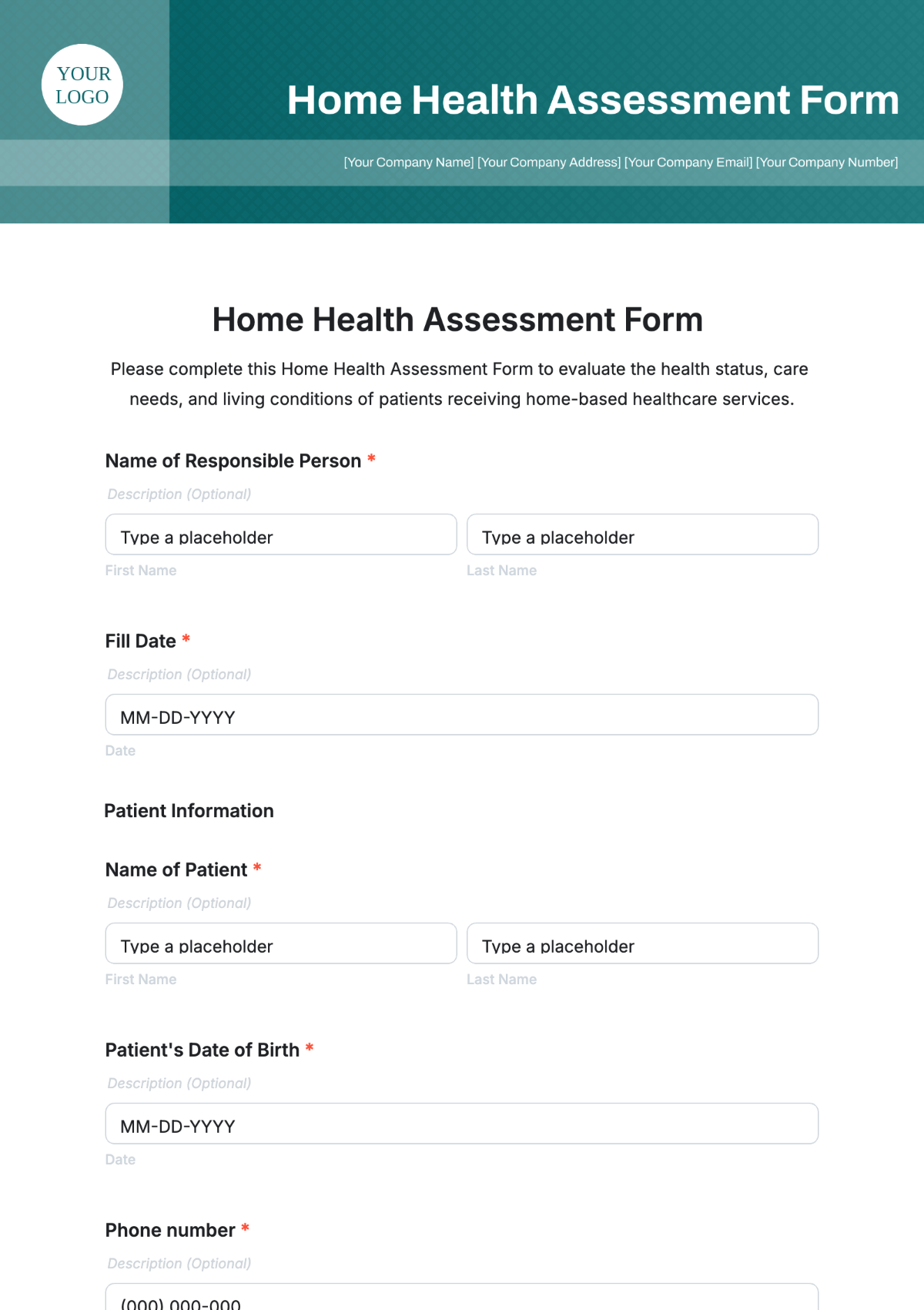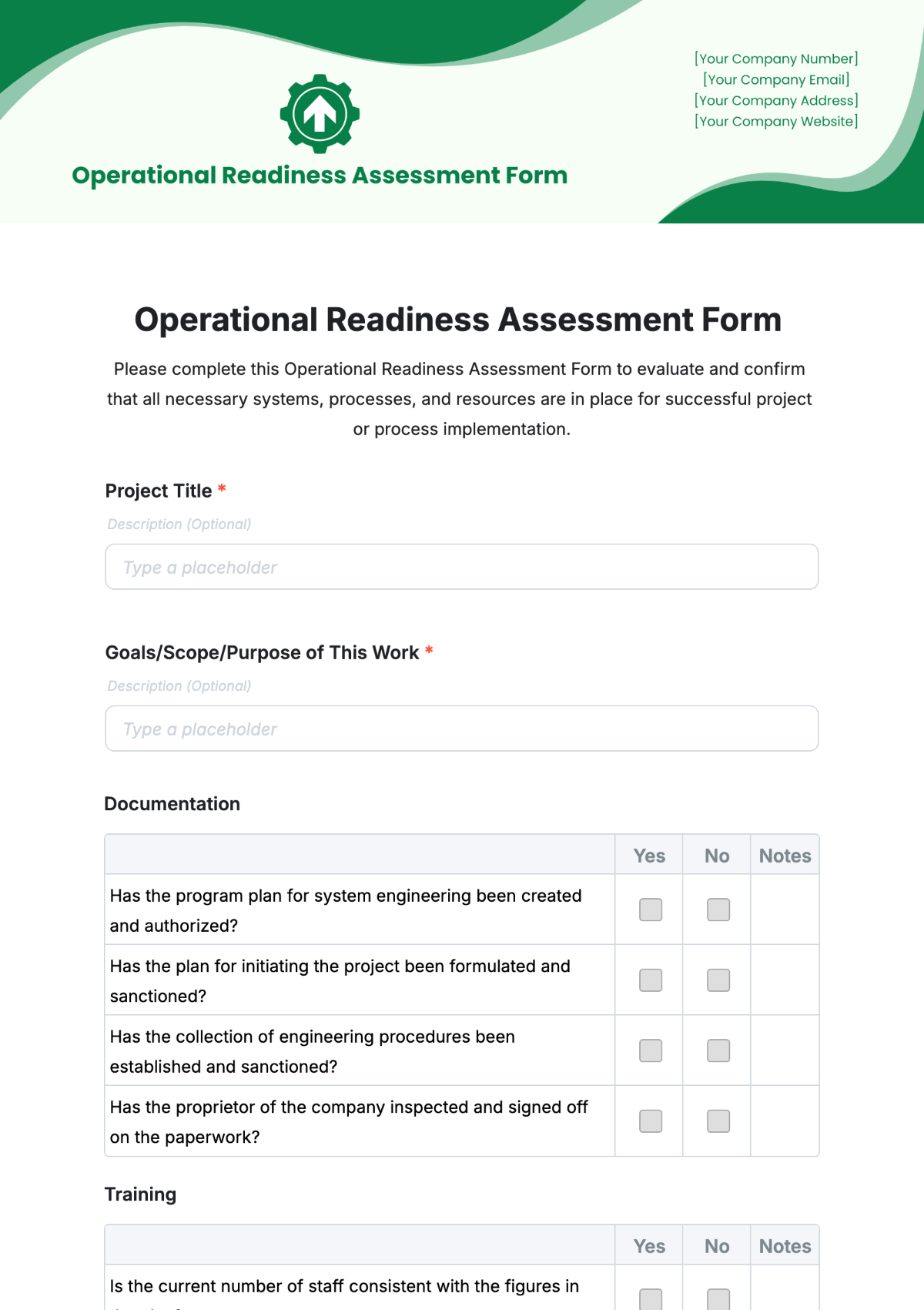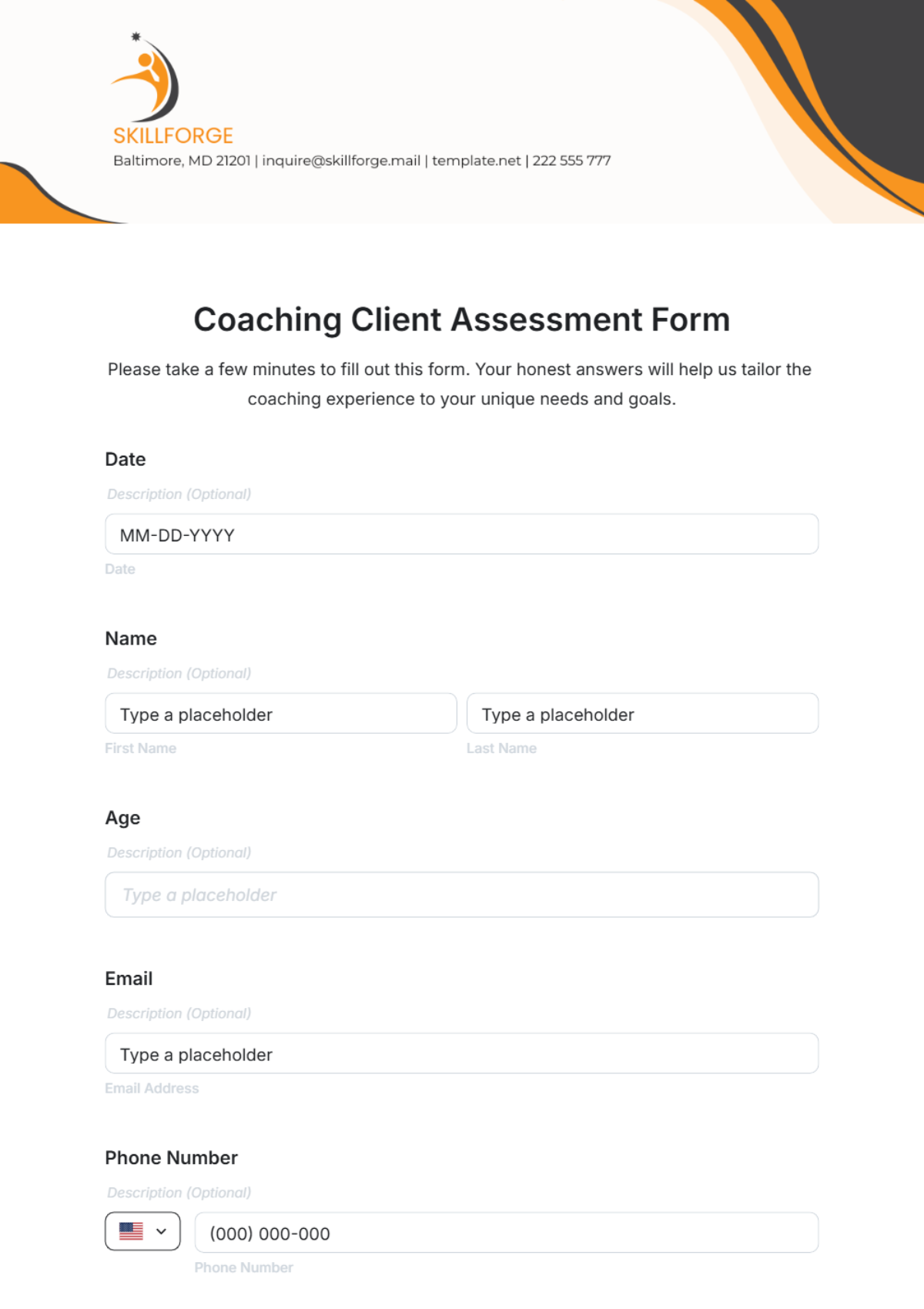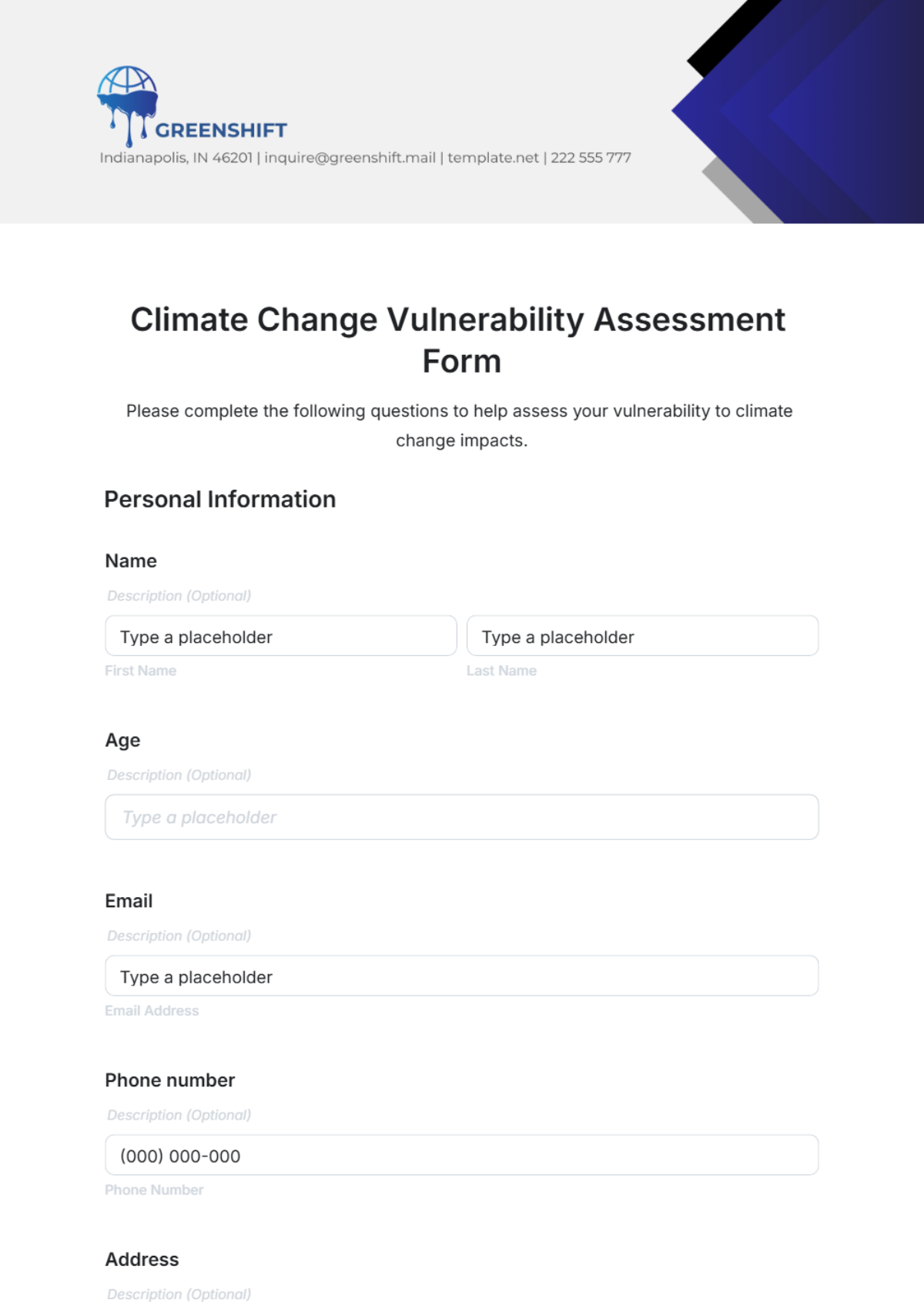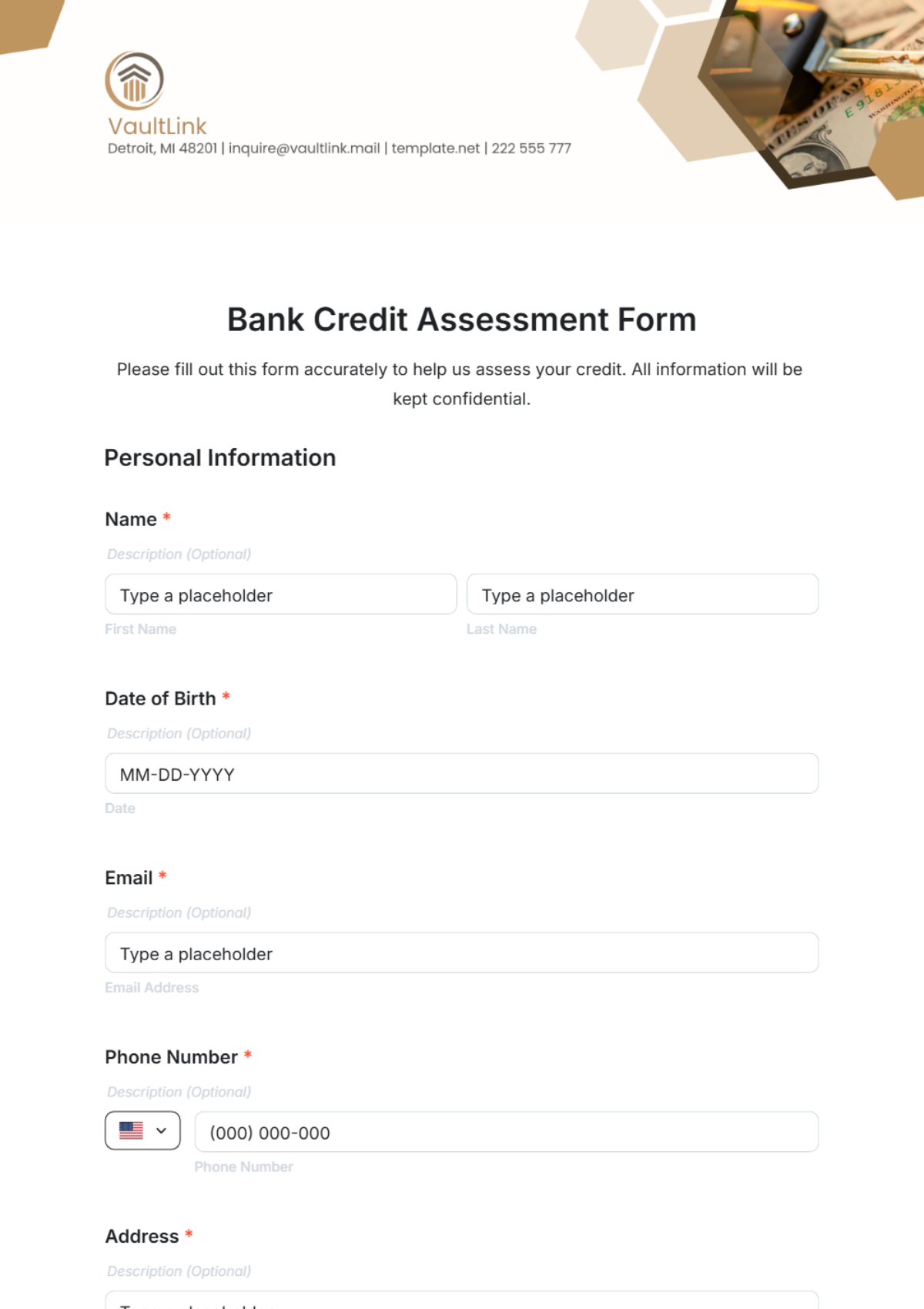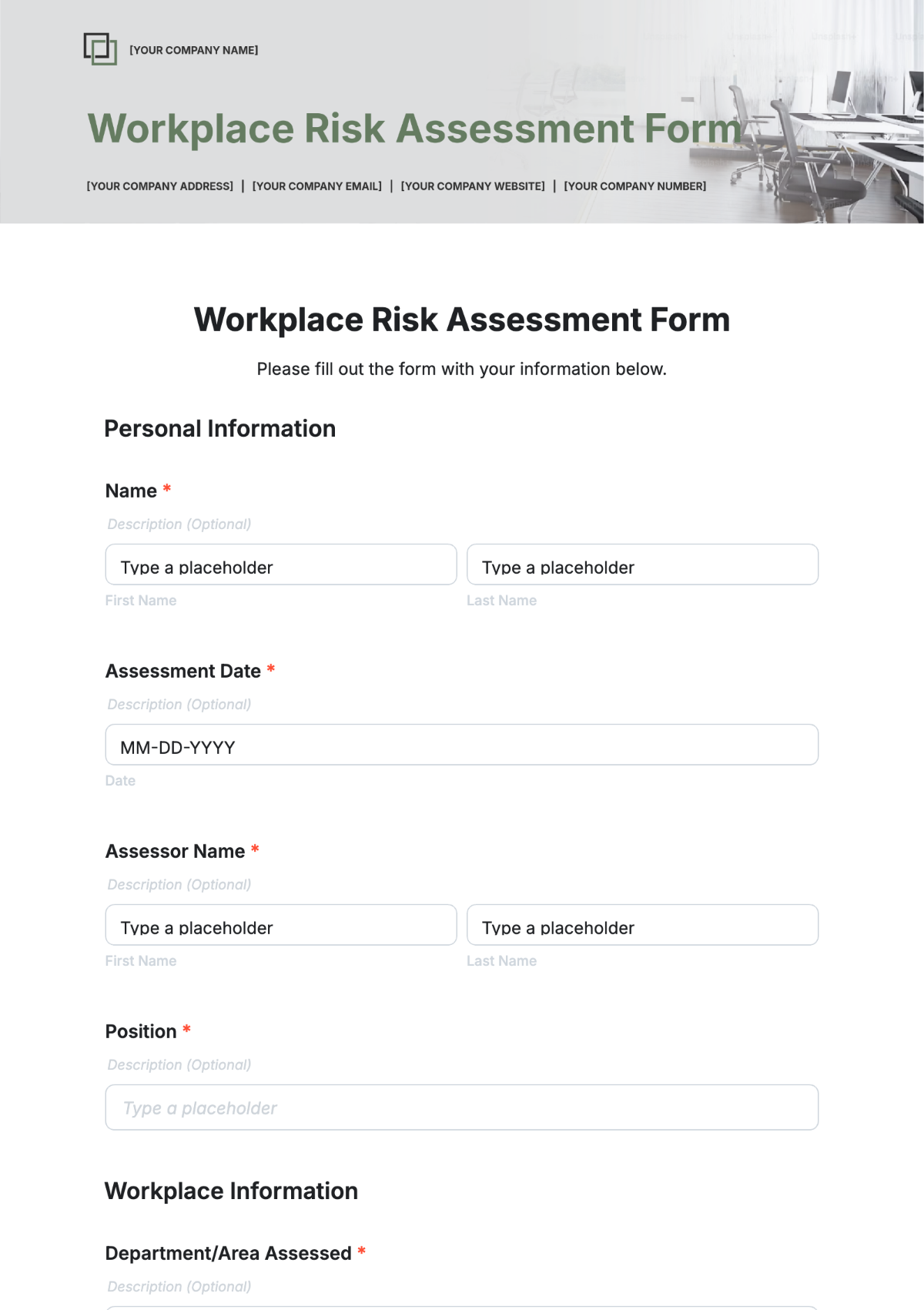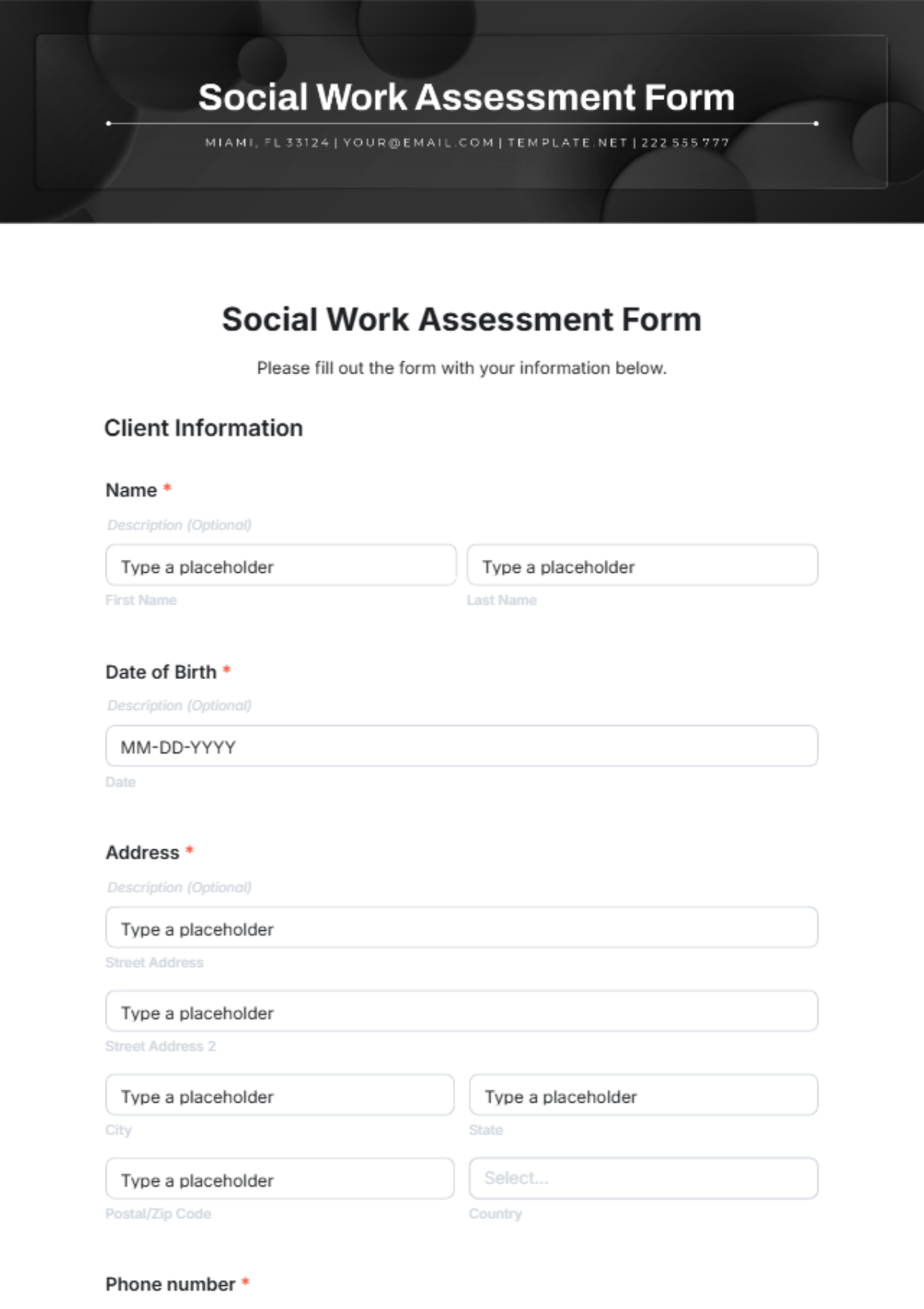Operations Project Scope Assessment Form
This Operations Project Scope Assessment Form serves to define the objectives, boundaries, and key considerations of the project. Please complete each section by providing clear and concise information regarding stakeholders, constraints, assumptions, risks, and dependencies to ensure alignment and successful project execution.
I. Project Overview
Title: | Implementation of Inventory Management System |
Project Manager: | [Your Name] |
Date of Assessment: | [Month Day, Year] |
Description: | This project aims to implement a new inventory management system to streamline inventory tracking, optimize stock levels, and improve overall operational efficiency in the warehouse. |
II. Project Objectives
Develop and implement a user-friendly inventory management system to streamline inventory tracking processes and enhance overall operational efficiency within the warehouse.
Improve inventory tracking accuracy by implementing barcode scanning technology and real-time inventory updates, aiming for a minimum 20% reduction in inventory discrepancies.
Optimize stock levels by implementing automated reorder points and inventory forecasting algorithms, with the goal of reducing excess inventory and stockouts by at least 15%.
Enhance warehouse operational efficiency by integrating the new inventory management system with existing warehouse management processes, resulting in a minimum 10% reduction in order processing time and labor costs.
III. Deliverables
Deliverable Description | Expected Completion Date |
|---|---|
Inventory Management System Software Installed | March 31, 2050 |
Staff Training Completed | |
System Integration with Existing ERP | |
Initial Performance Evaluation |
IV. Scope
Included
Development and implementation of the inventory management software.
Training for warehouse staff on the new system.
Integration of the new system with the existing ERP.
Excluded
Hardware procurement.
Infrastructure upgrades.
V. Stakeholders
Identify key stakeholders involved in or affected by the project. List individuals or groups with a vested interest in the project's success, including their roles and responsibilities. Ensure all relevant parties are accounted for to facilitate effective communication and collaboration throughout the project lifecycle.
Stakeholder | Role |
|---|---|
[Your Name] | Project Manager |
Warehouse Manager | Operational Lead |
IT Department | Technical Support |
Inventory Control Team | End Users |
VI. Constraints
Document any limitations or restrictions that may impact the project. Identify budgetary constraints, time limitations, or resource availability that could influence project execution. Provide clear details to help stakeholders understand the boundaries within which the project must operate and make informed decisions.
Constraint | Description |
|---|---|
Budget | $[0] |
Time | [0] months |
IT Resources | Limited availability for system implementation |
VII. Assumptions
List assumptions made about the project that could affect its scope or execution. Document any beliefs or expectations regarding project factors such as resource availability, stakeholder cooperation, or system integration. Acknowledging assumptions helps mitigate risks and ensures alignment among team members.
Assumption | Description |
|---|---|
Availability of Trainers | Qualified trainers will be available for staff training sessions |
System Integration | Smooth integration with the existing ERP system |
Warehouse Operations | No significant disruptions to warehouse operations during implementation |
VIII. Risks
Identify potential risks and uncertainties that may impact project success. Identify and assess potential threats to project objectives, such as technical challenges, resistance to change, or data migration issues. Prioritize risks based on their likelihood and impact, and develop mitigation strategies to minimize their effects.
Risk | Description |
|---|---|
Technical Issues | Potential delays due to unforeseen technical issues during system implementation |
Resistance to Change | Resistance among warehouse staff to adopt and use the new inventory management system |
Data Migration | Challenges related to data migration and transfer during system implementation |
IX. Dependencies
Document external factors or prerequisites that must be met for successful project completion. Identify any dependencies, such as reliance on IT resources or completion of training sessions, that could affect project timelines or deliverables. Highlighting dependencies helps manage expectations and plan project activities effectively.
Dependency | Description |
|---|---|
IT Resources | Availability of IT resources for system installation and integration |
Staff Training | Timely completion of staff training sessions for effective utilization of the new system |
X. Approval

Project Manager
[Month Day, Year]

Warehouse Manager
[Month Day, Year]

IT Department
[Month Day, Year]
